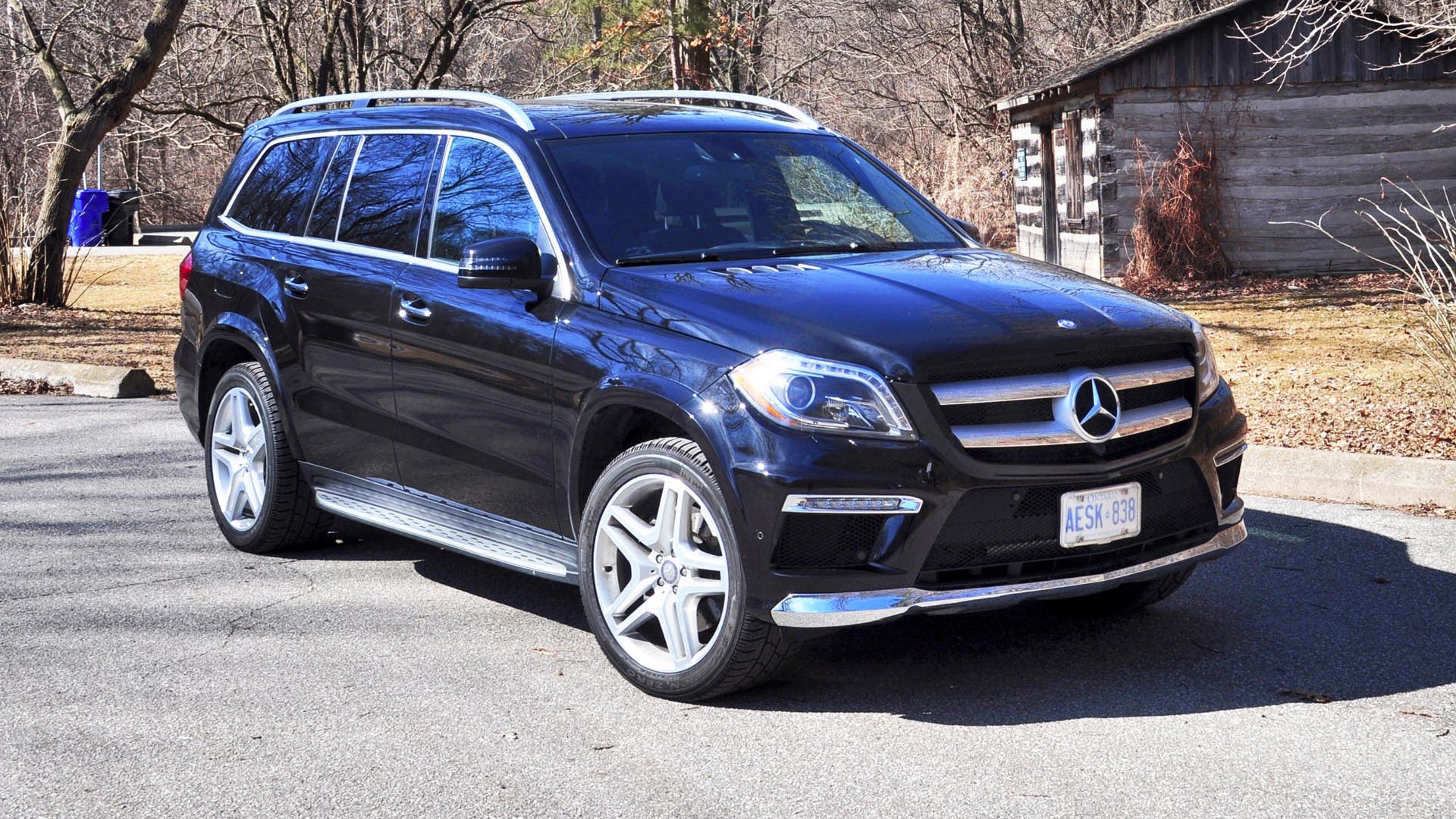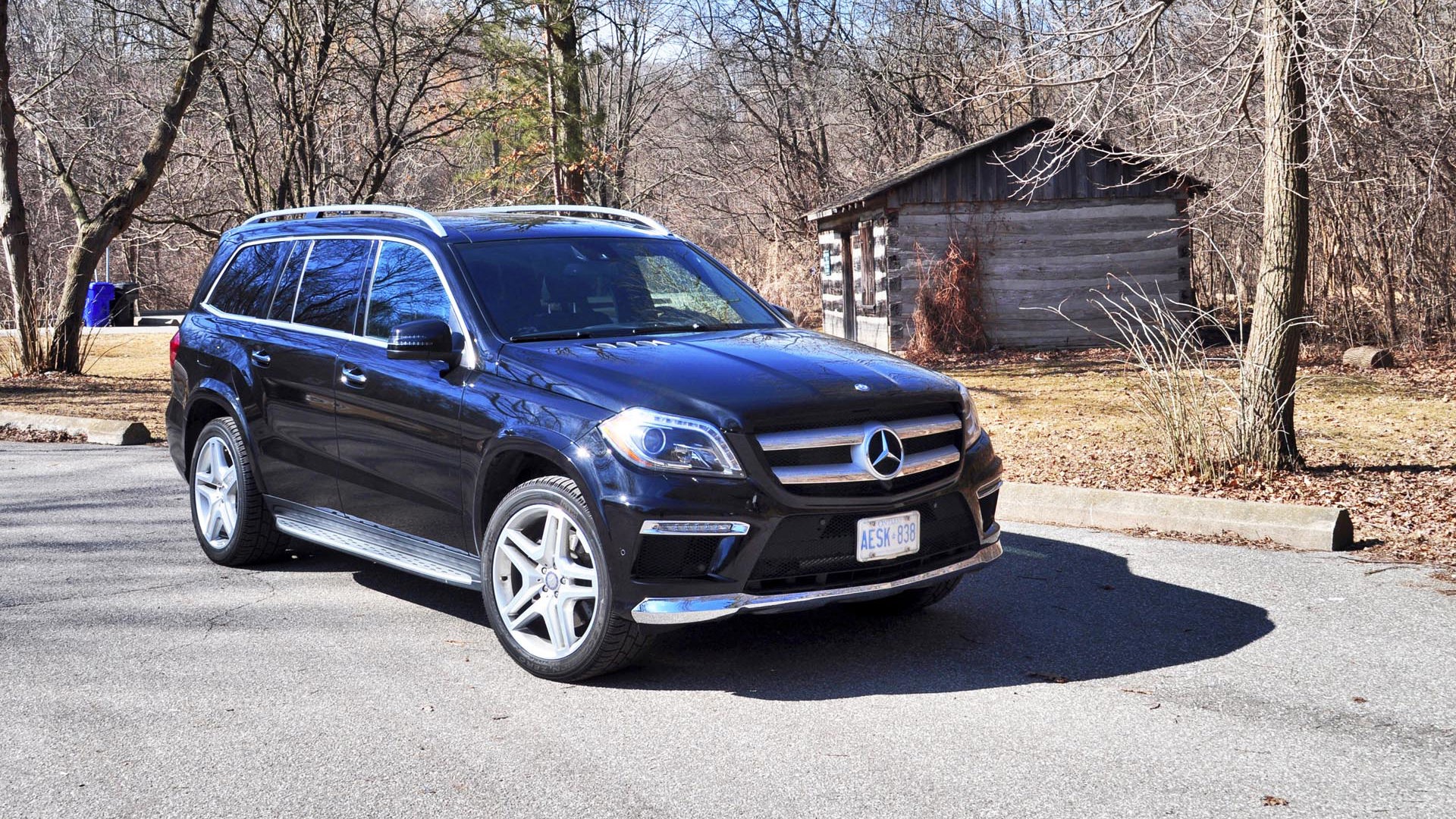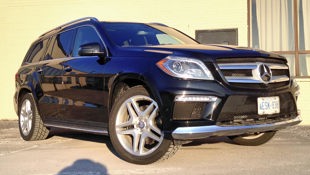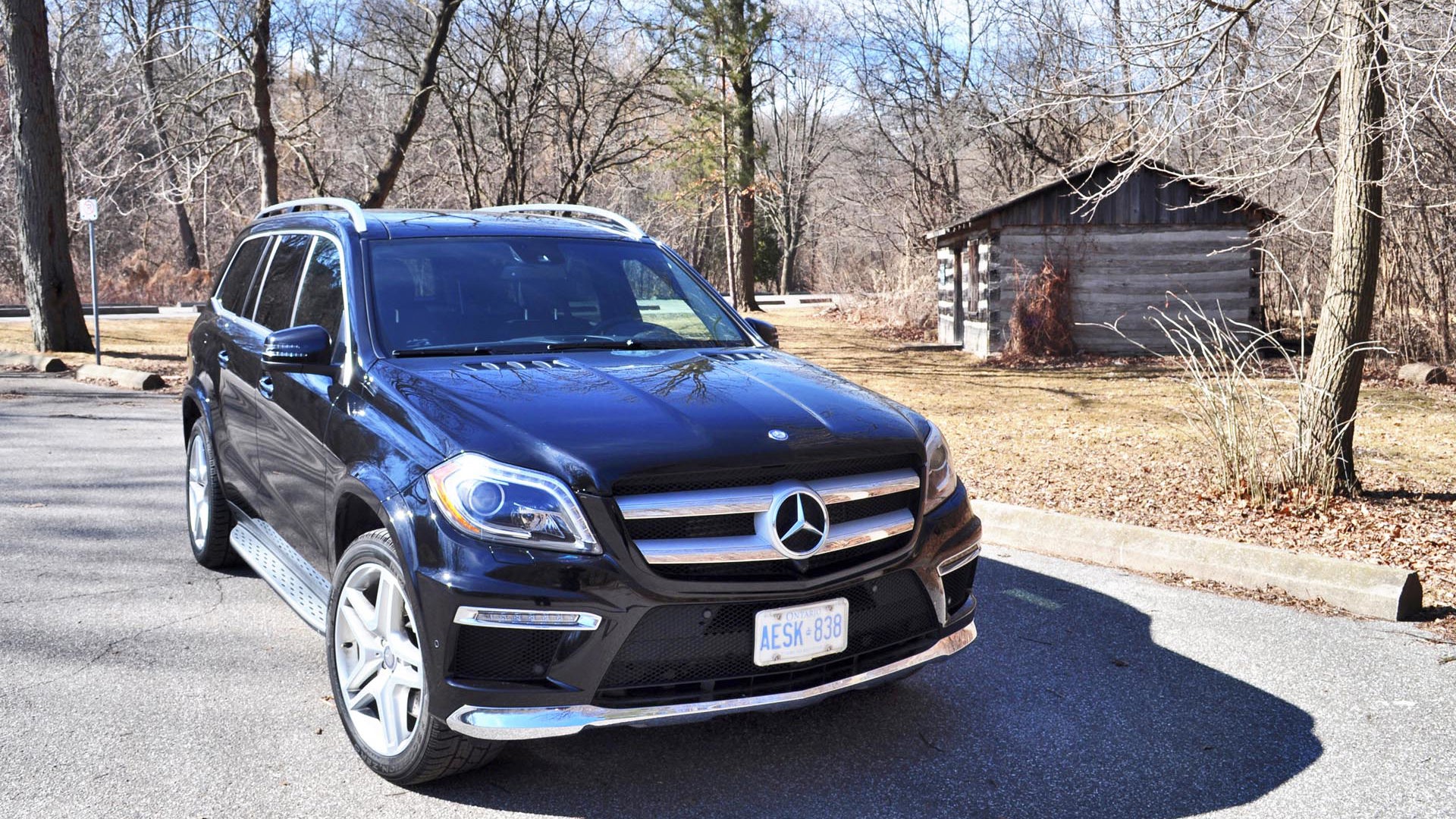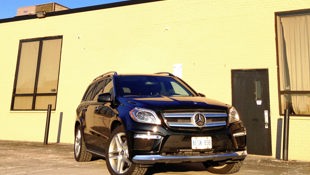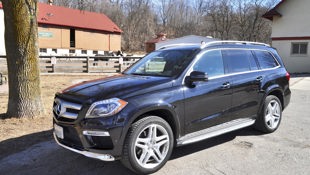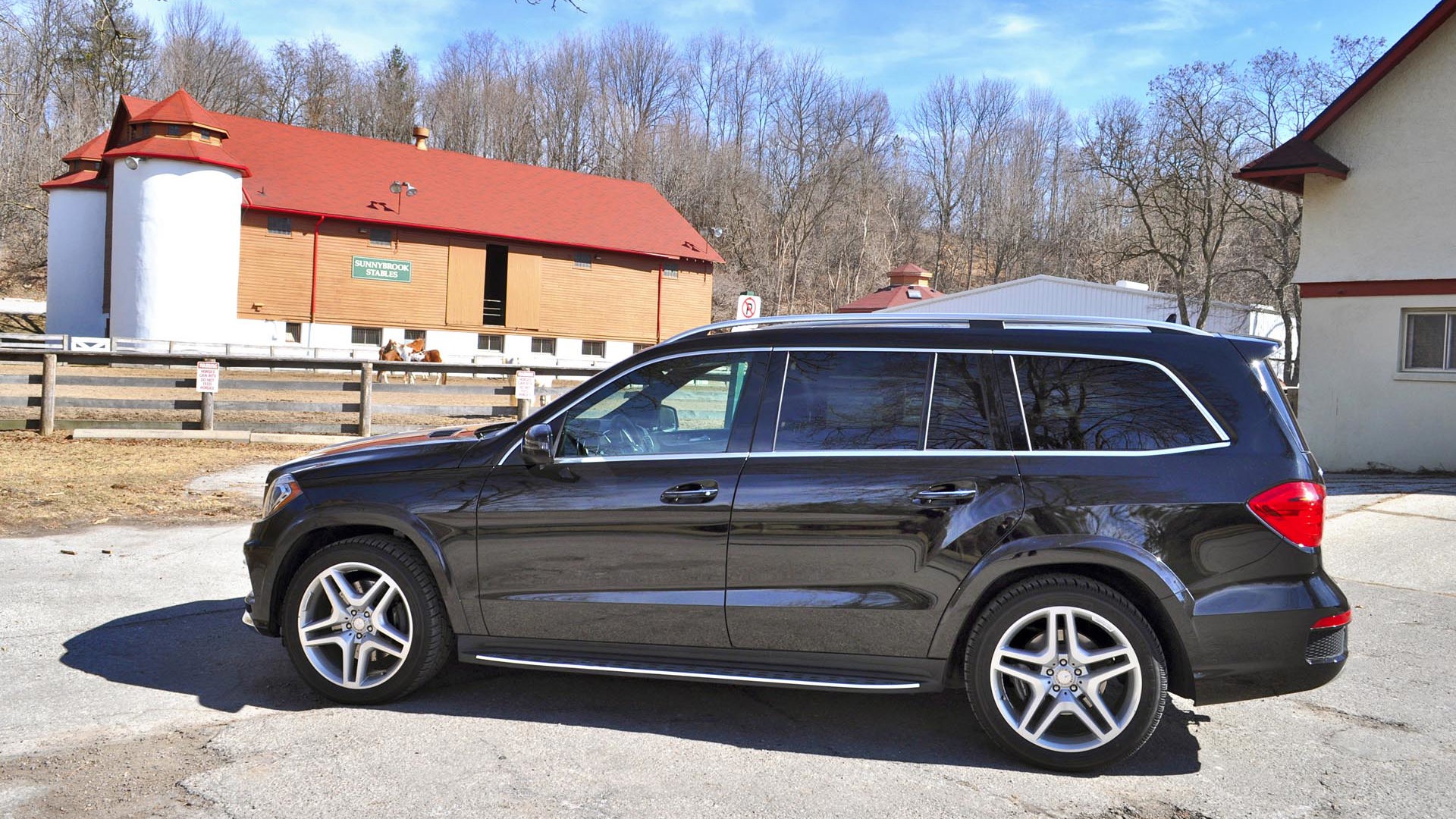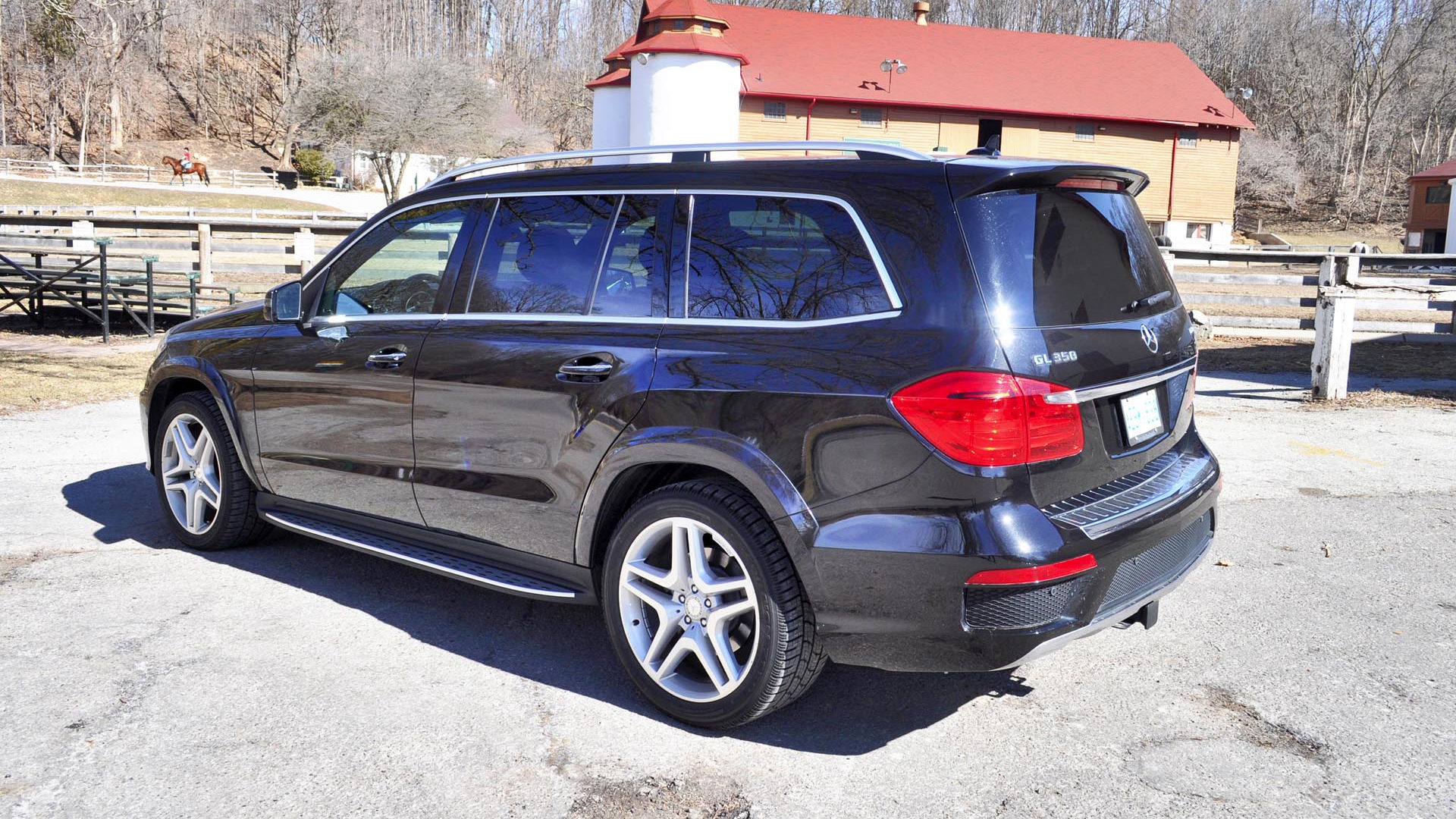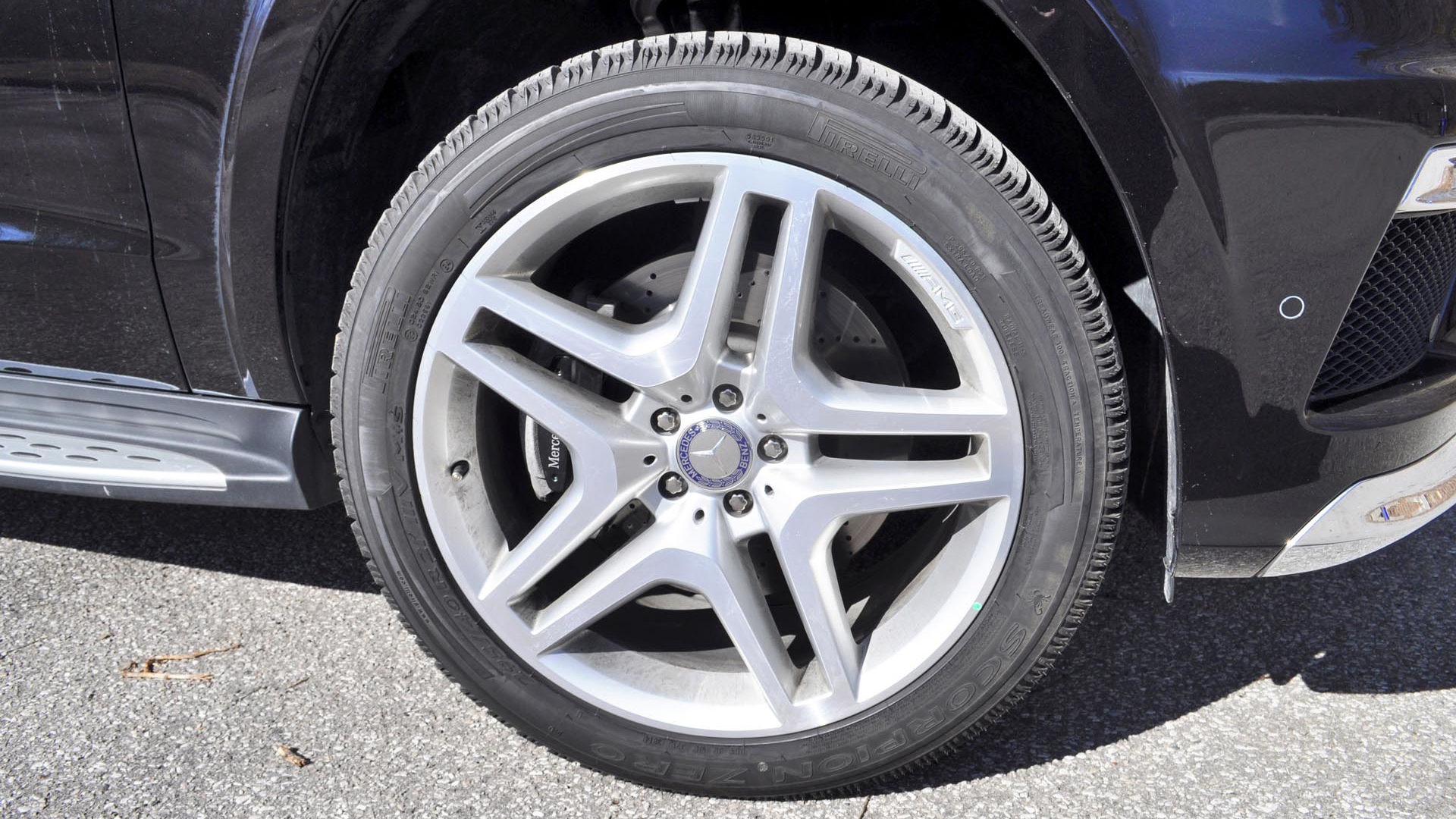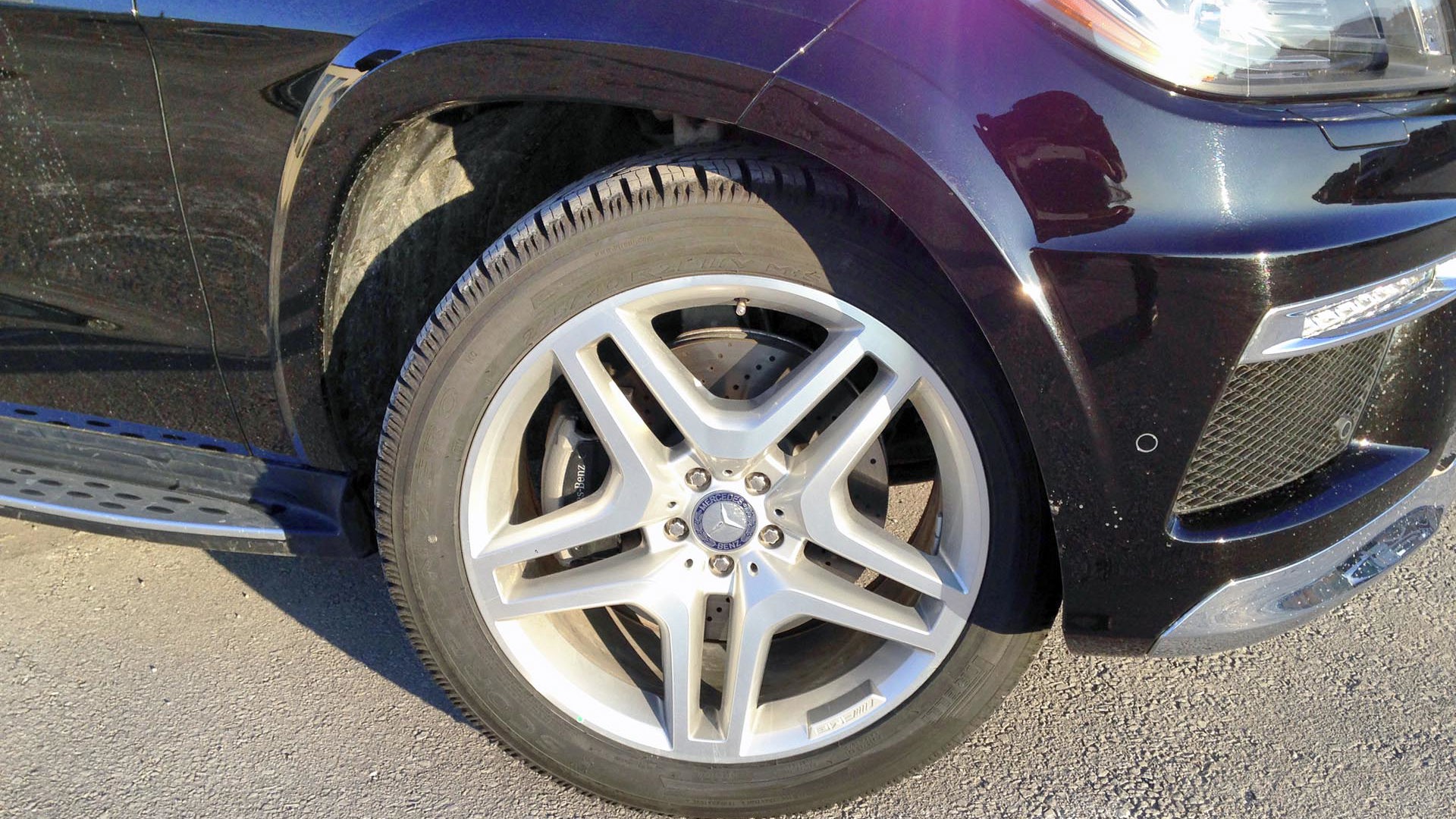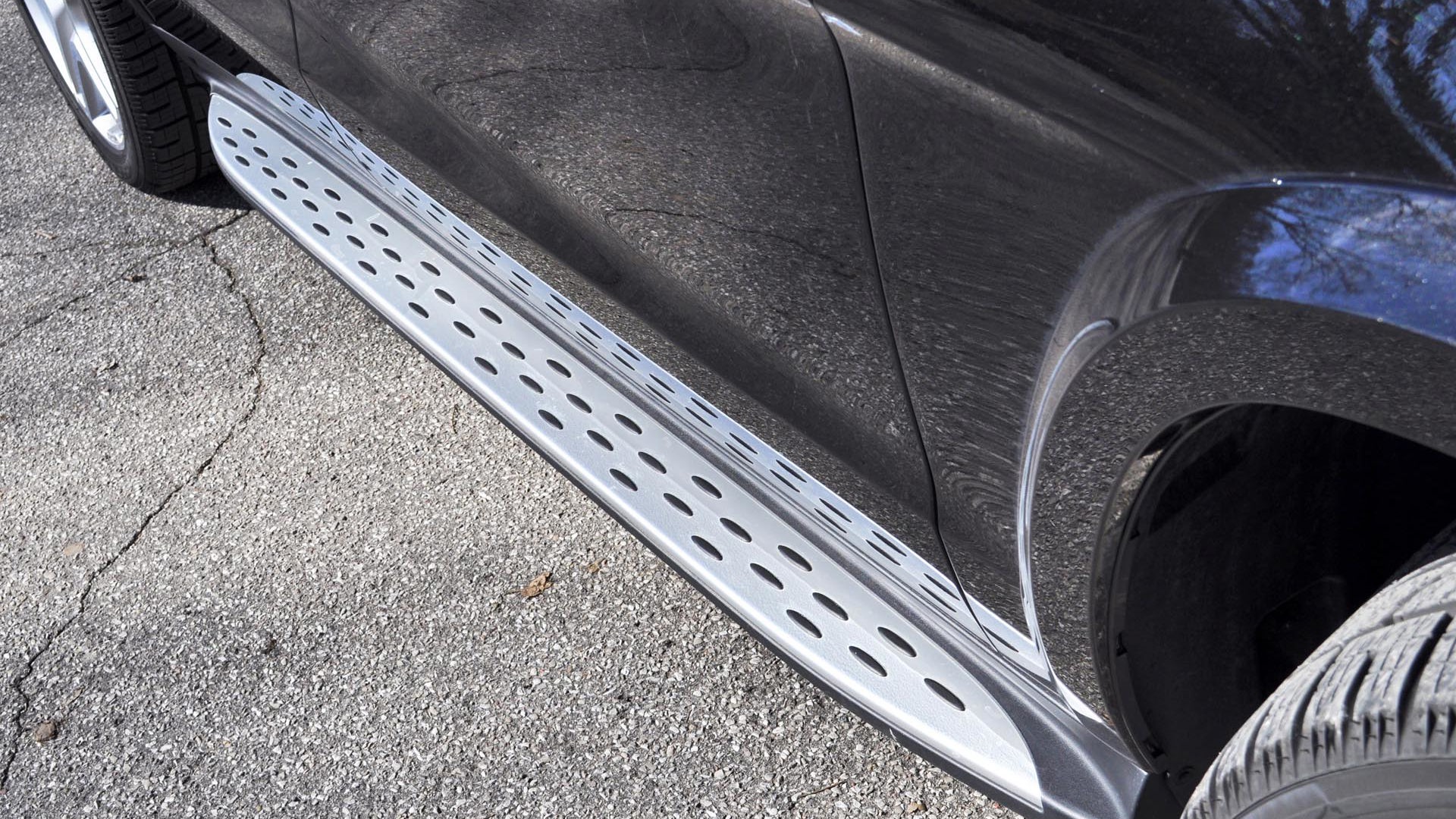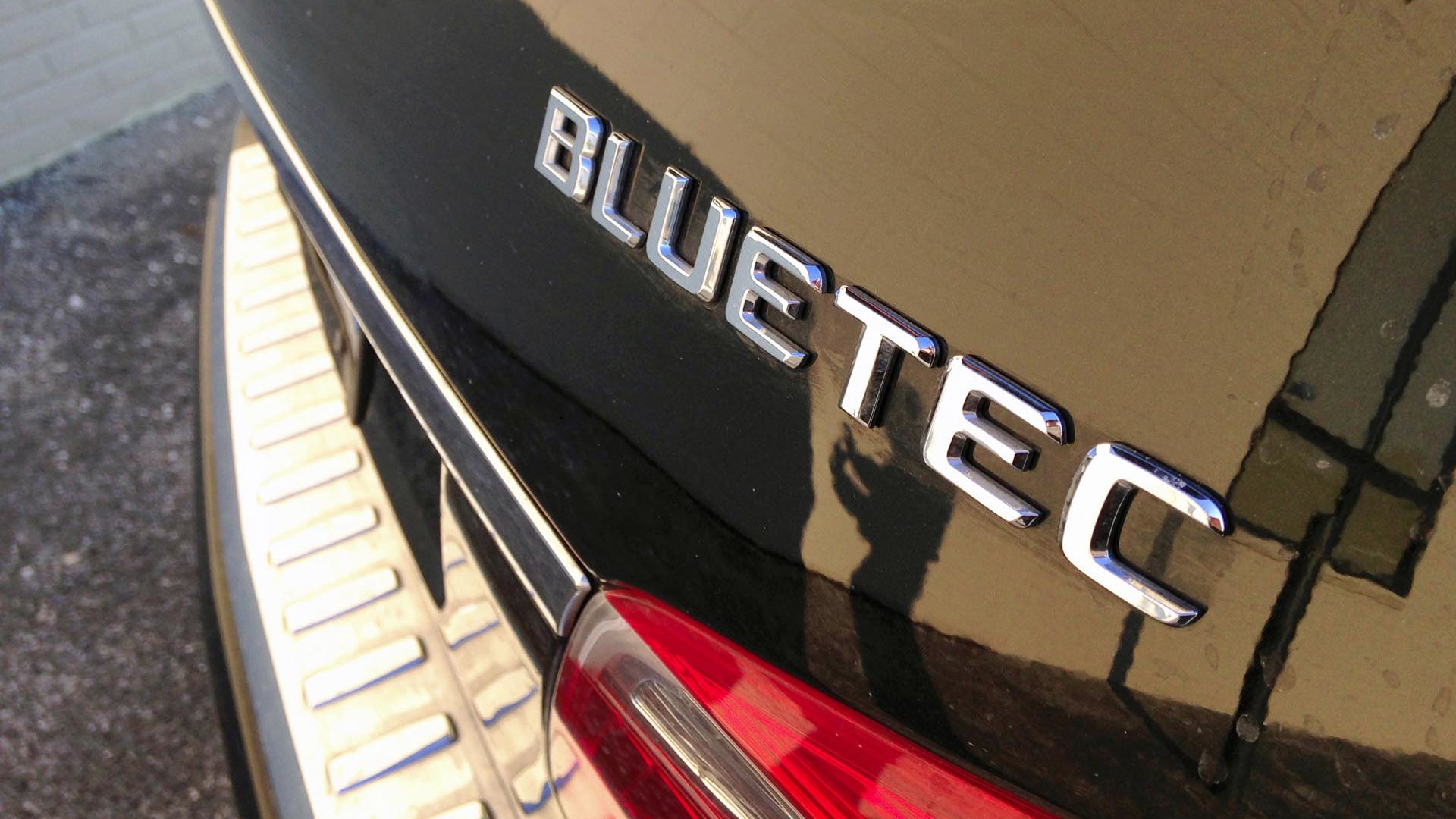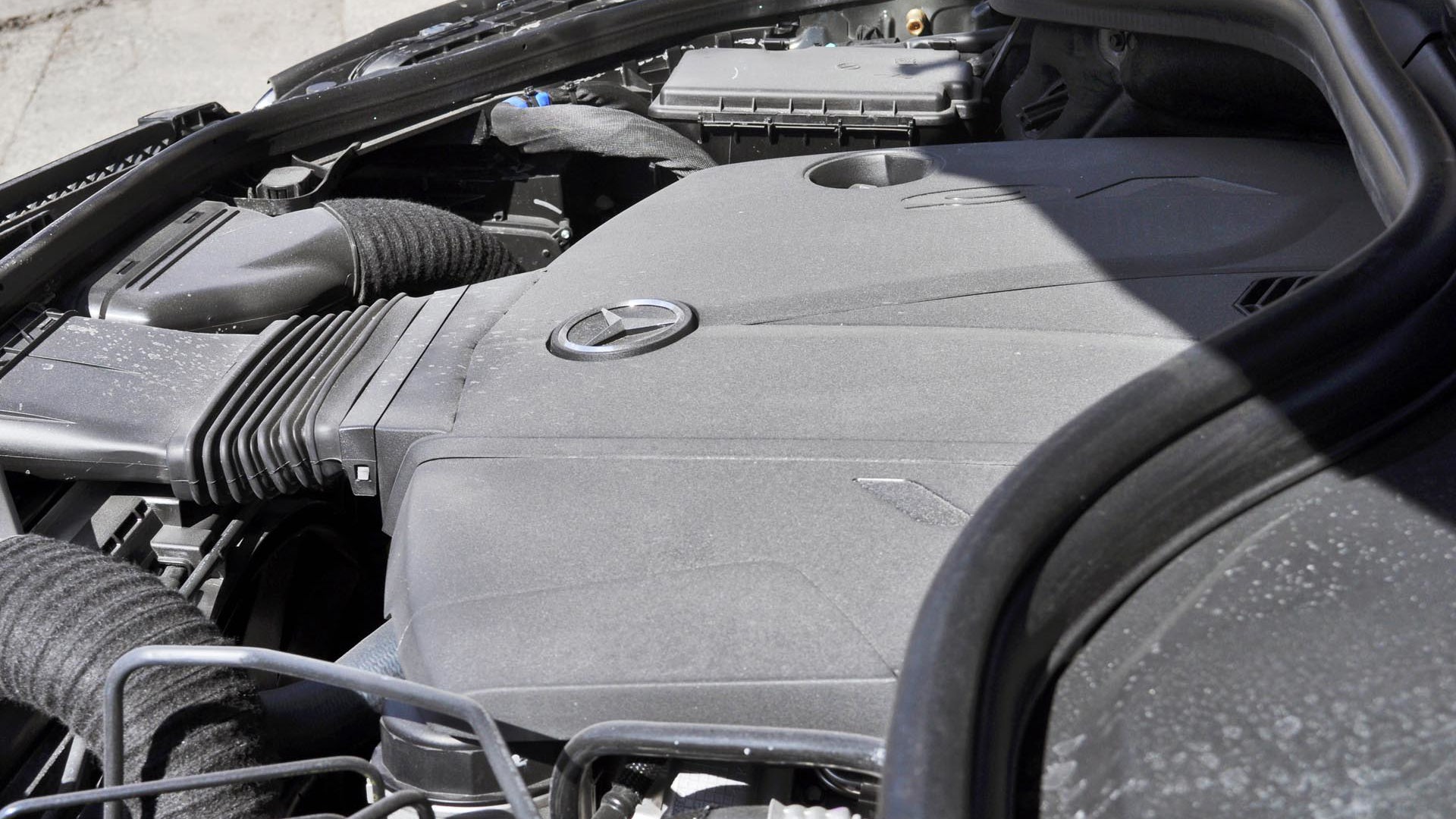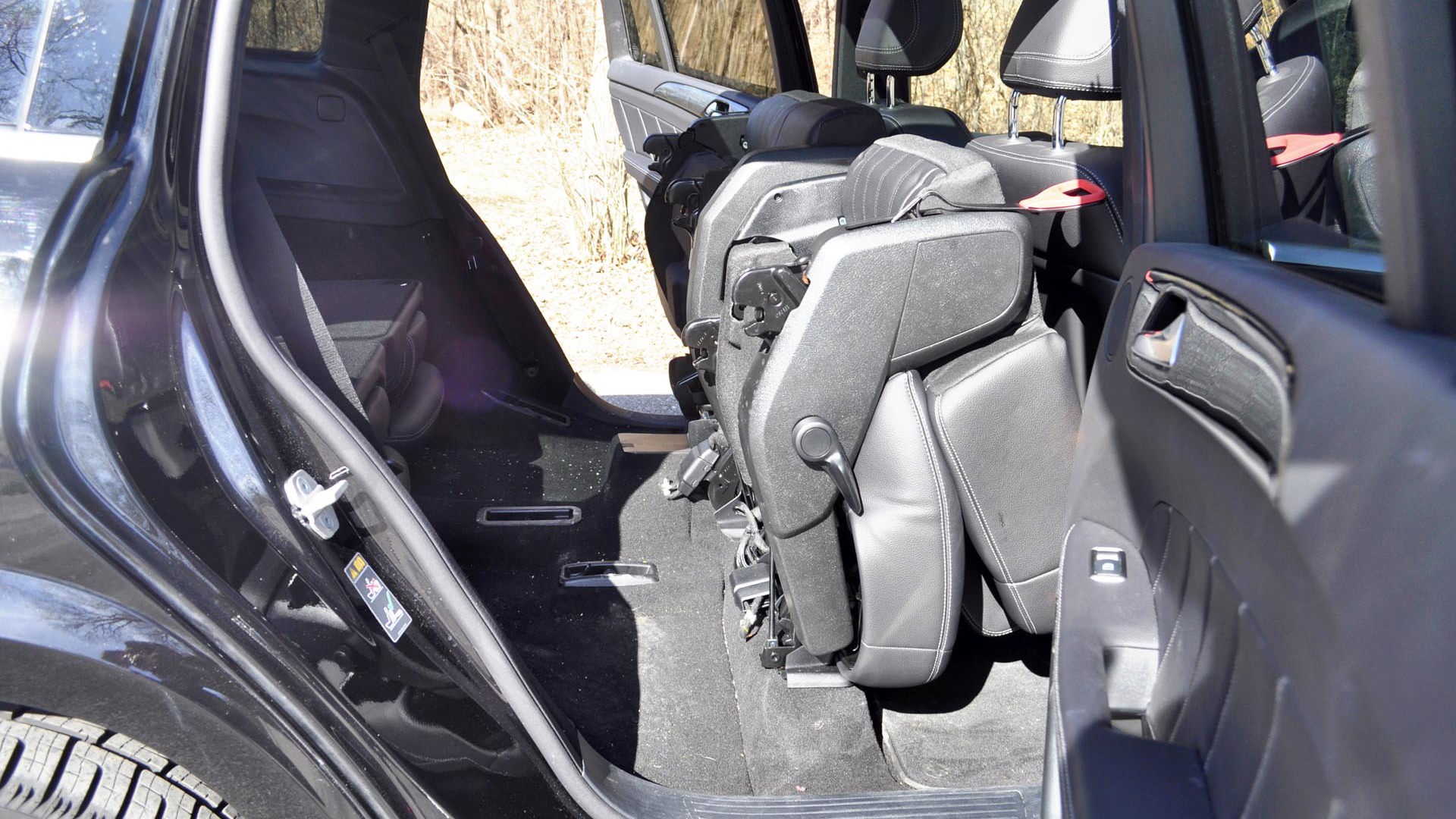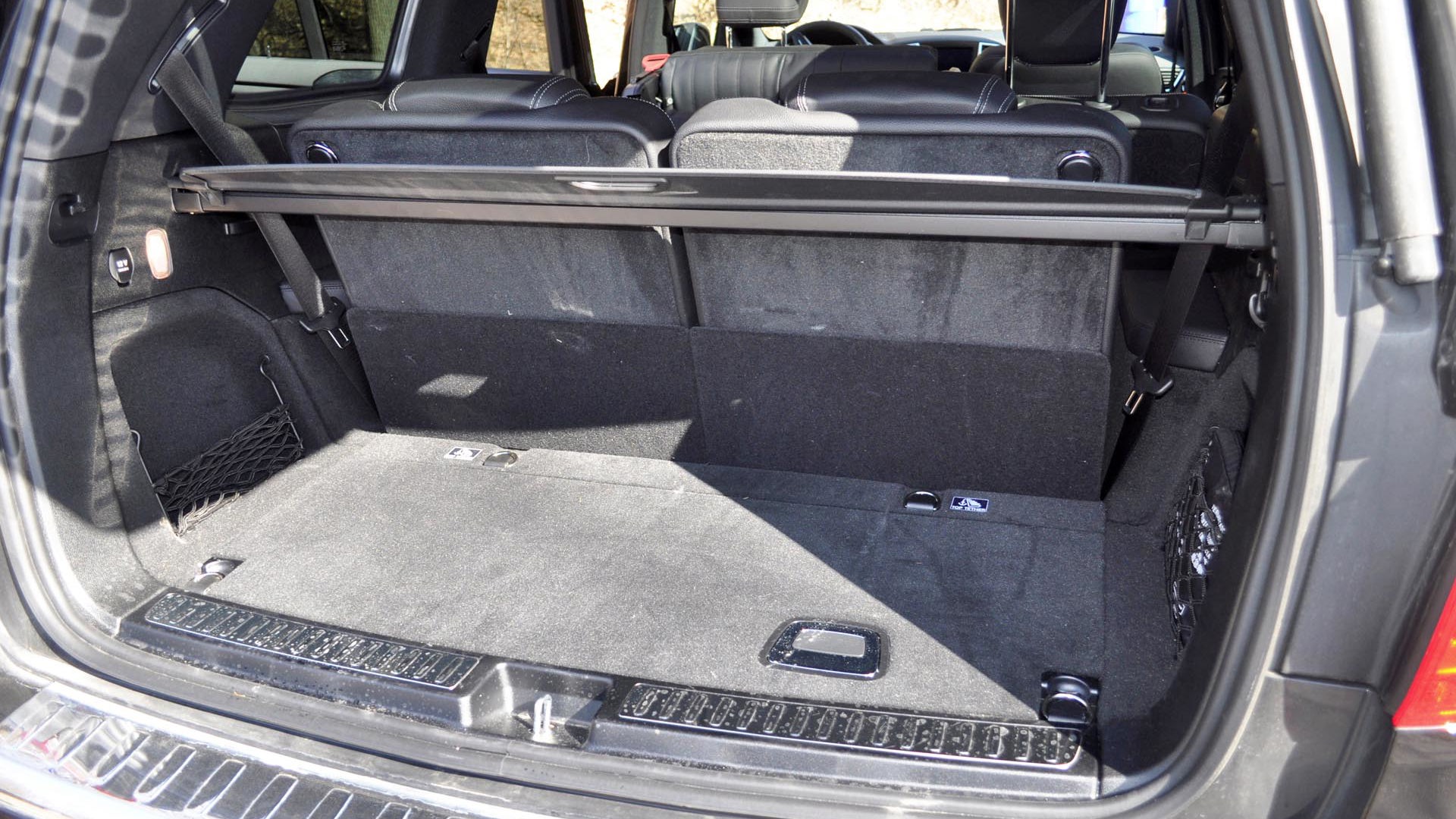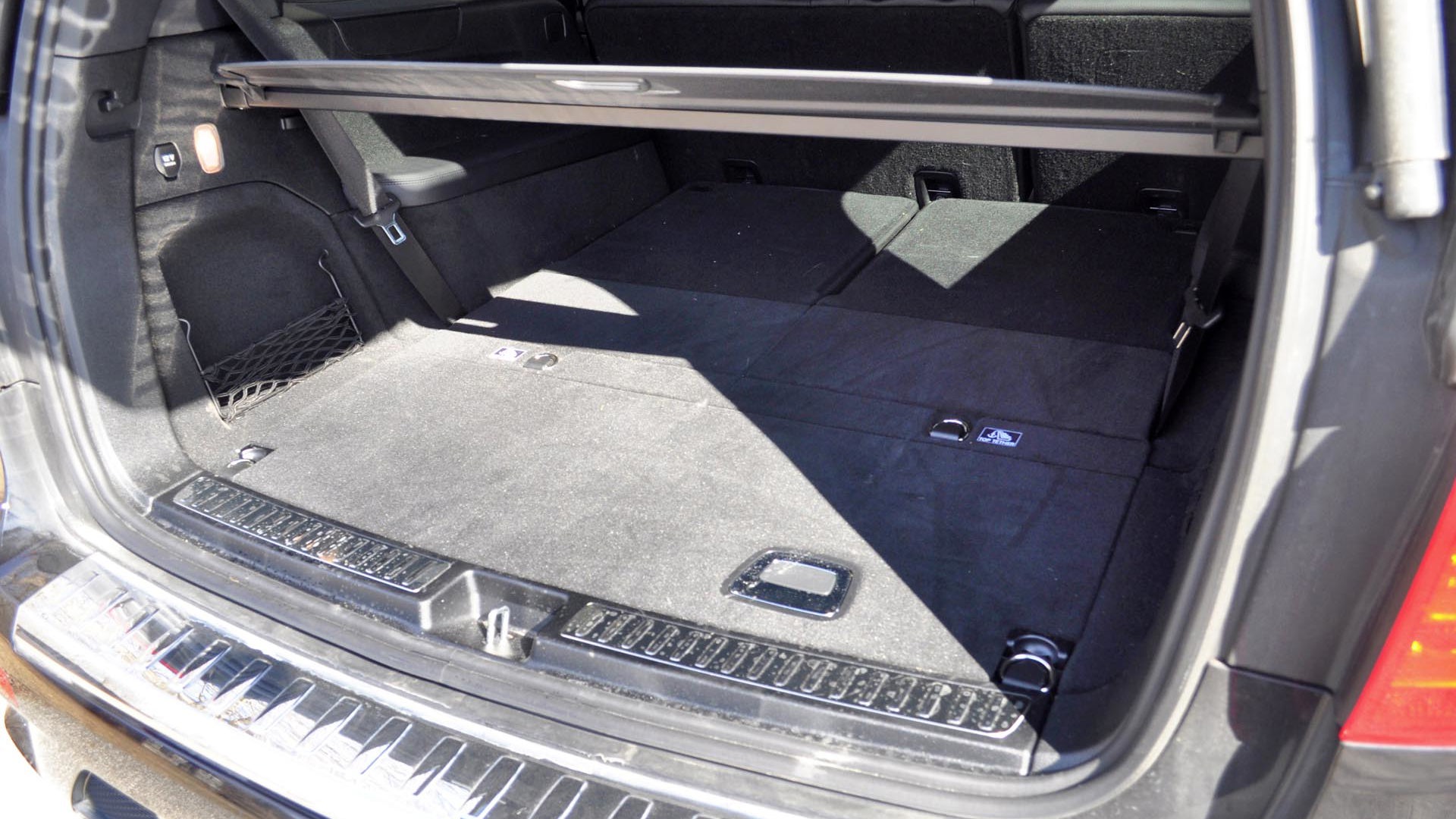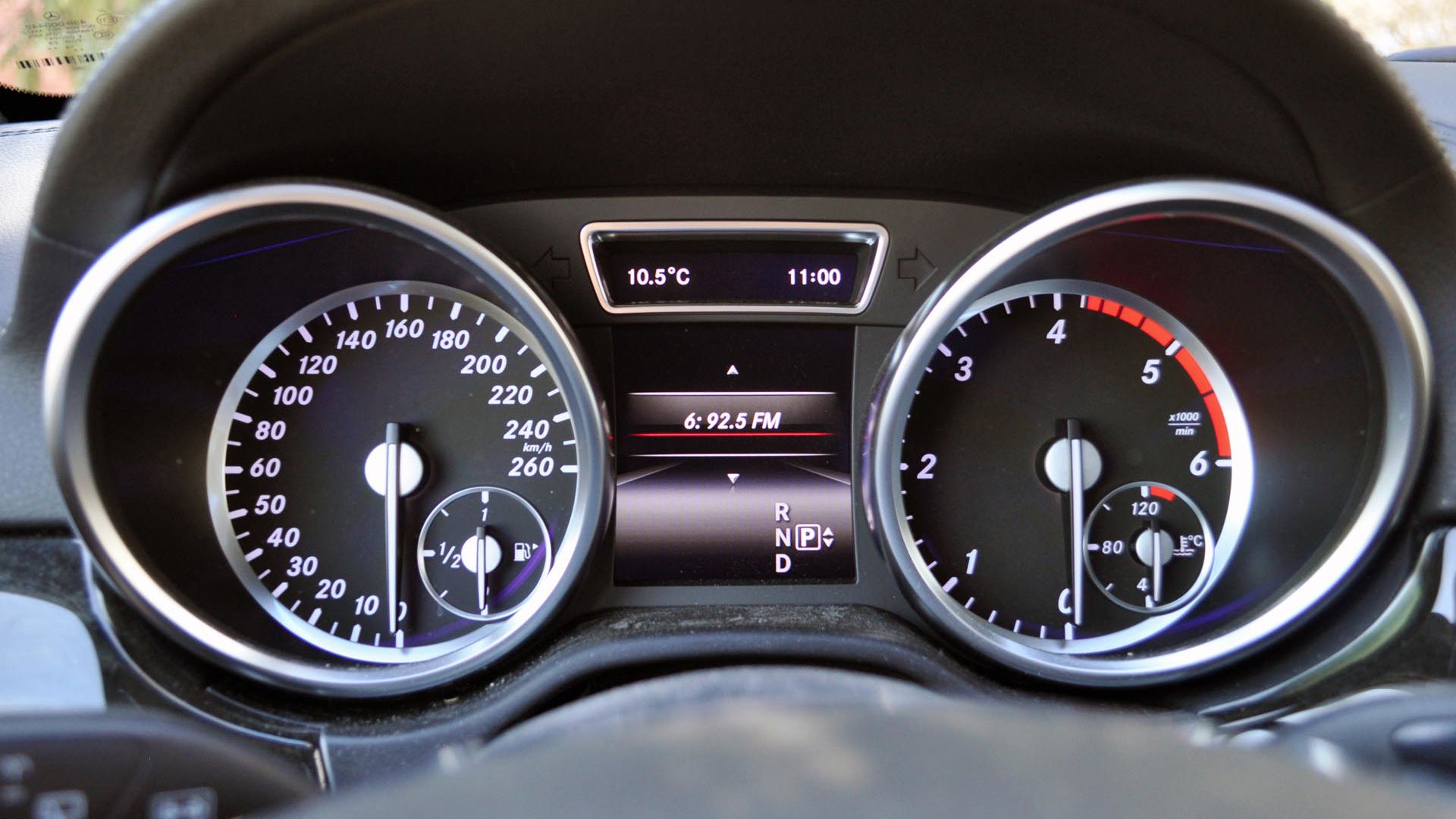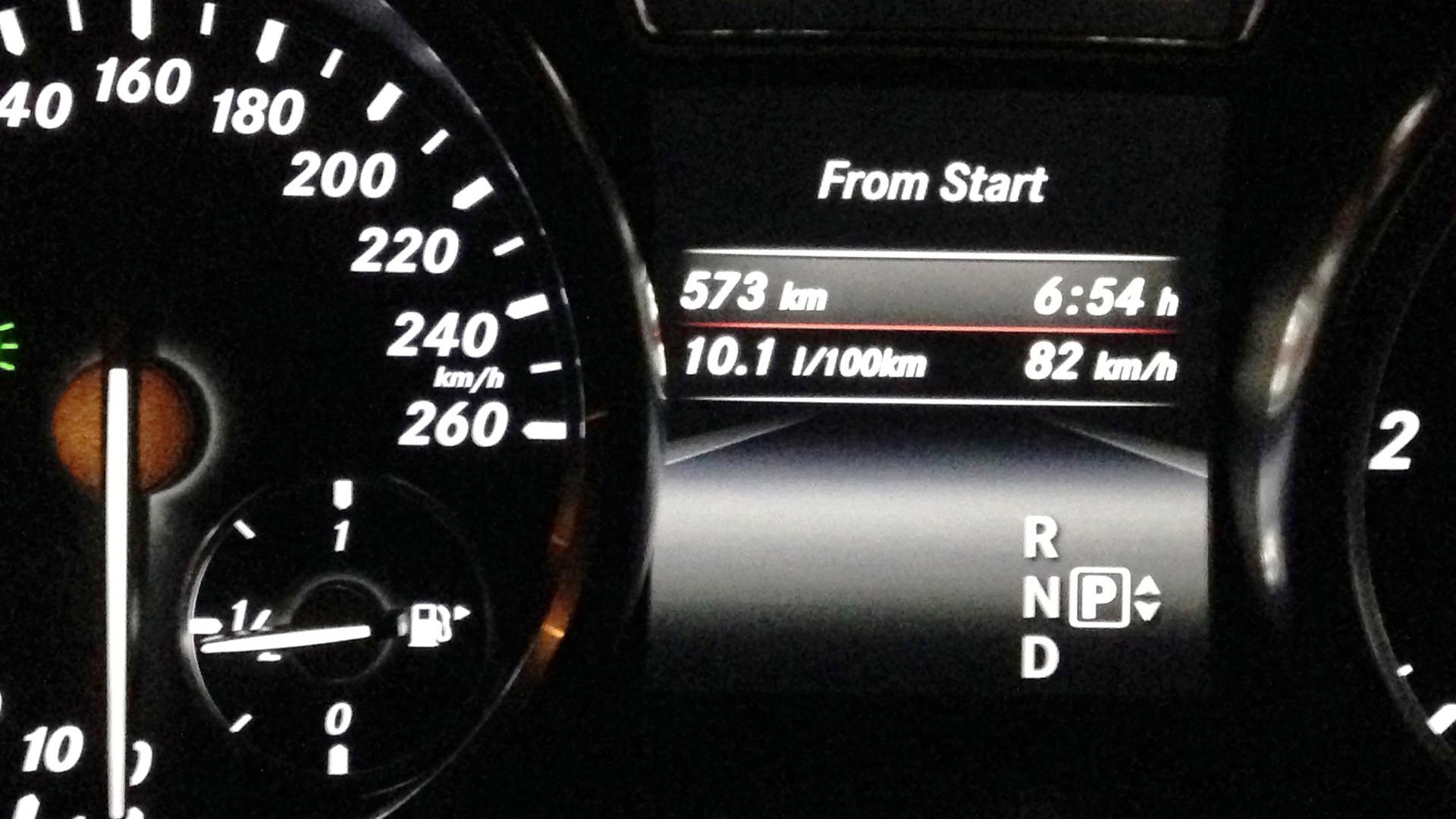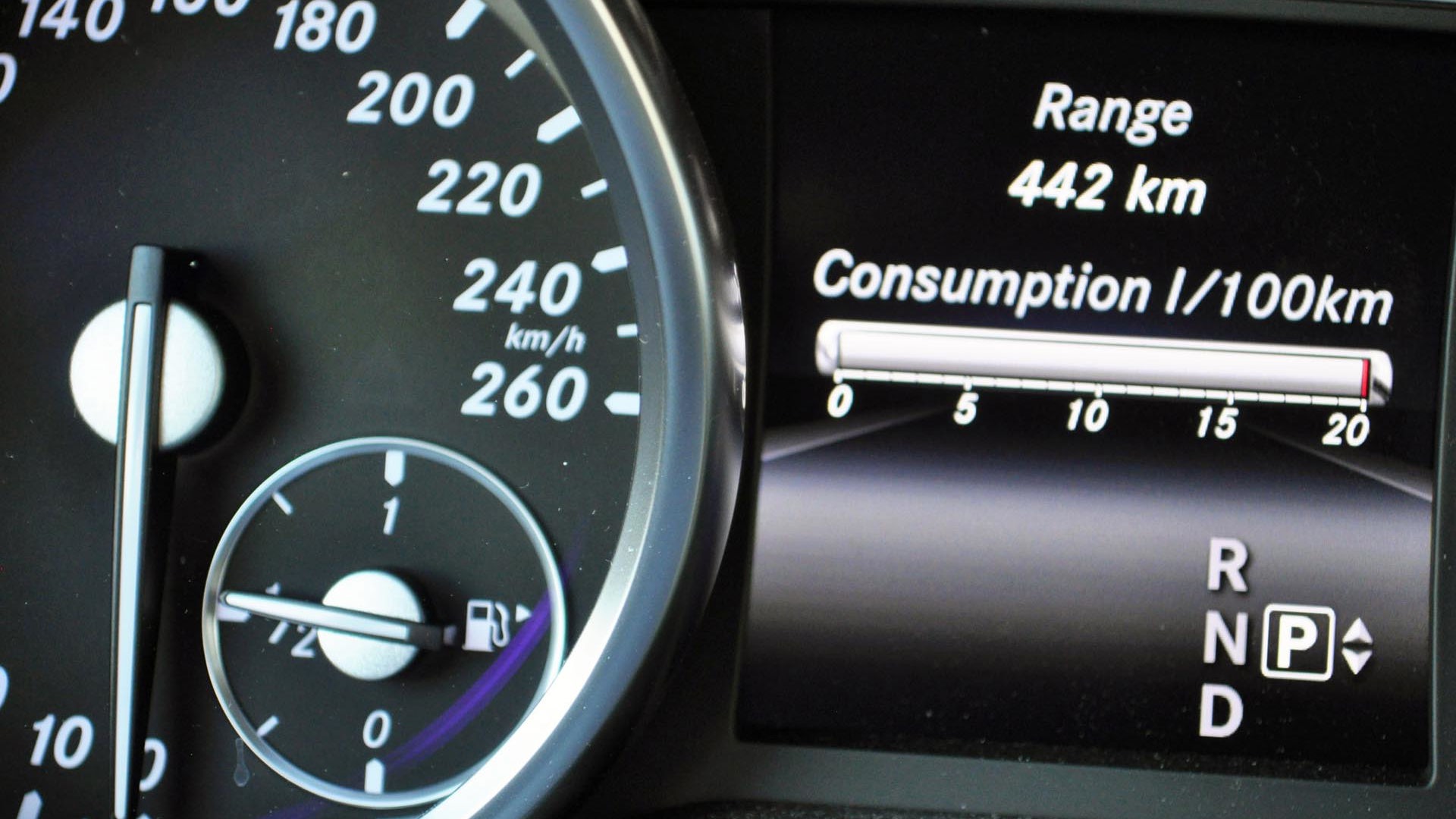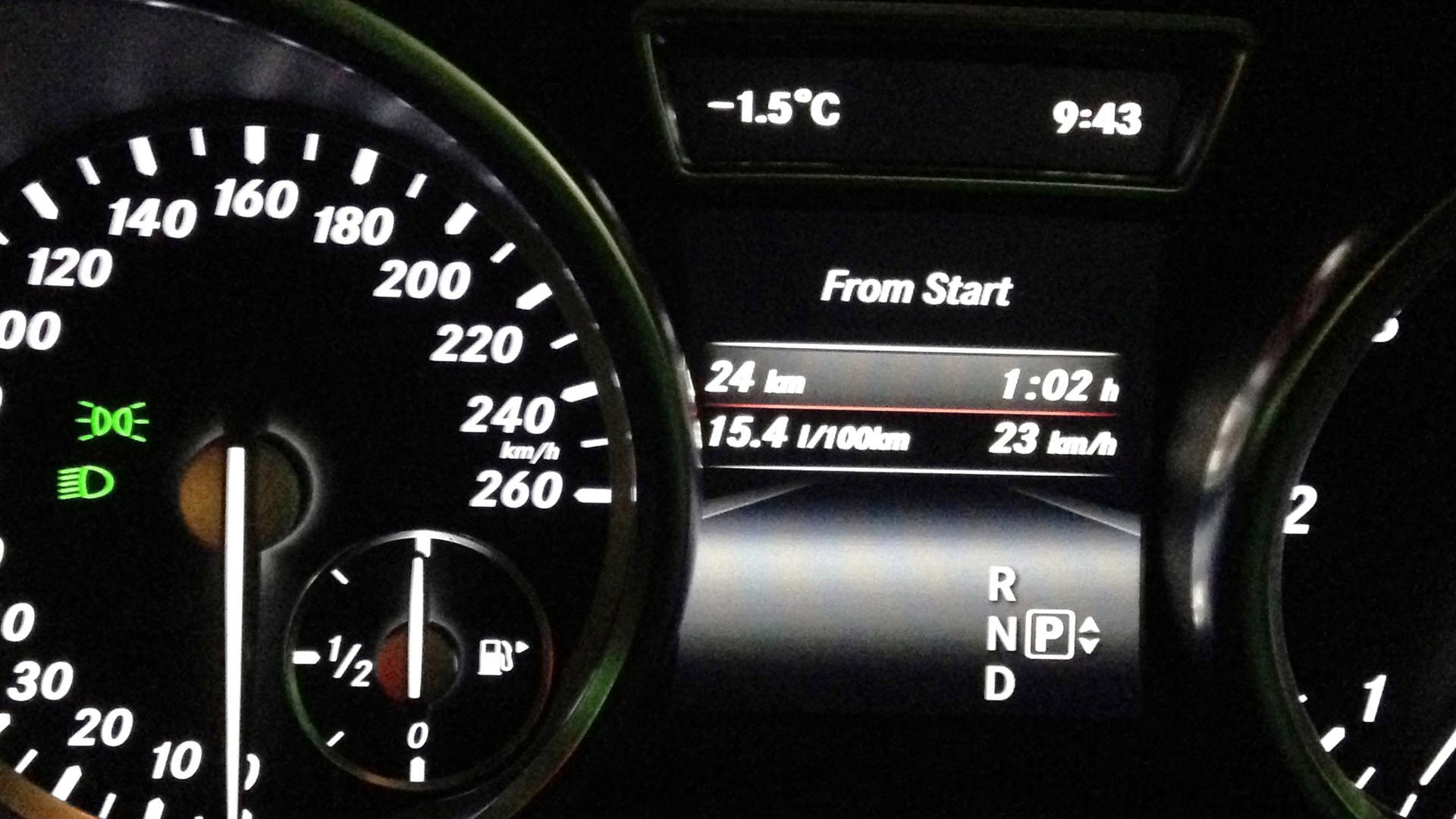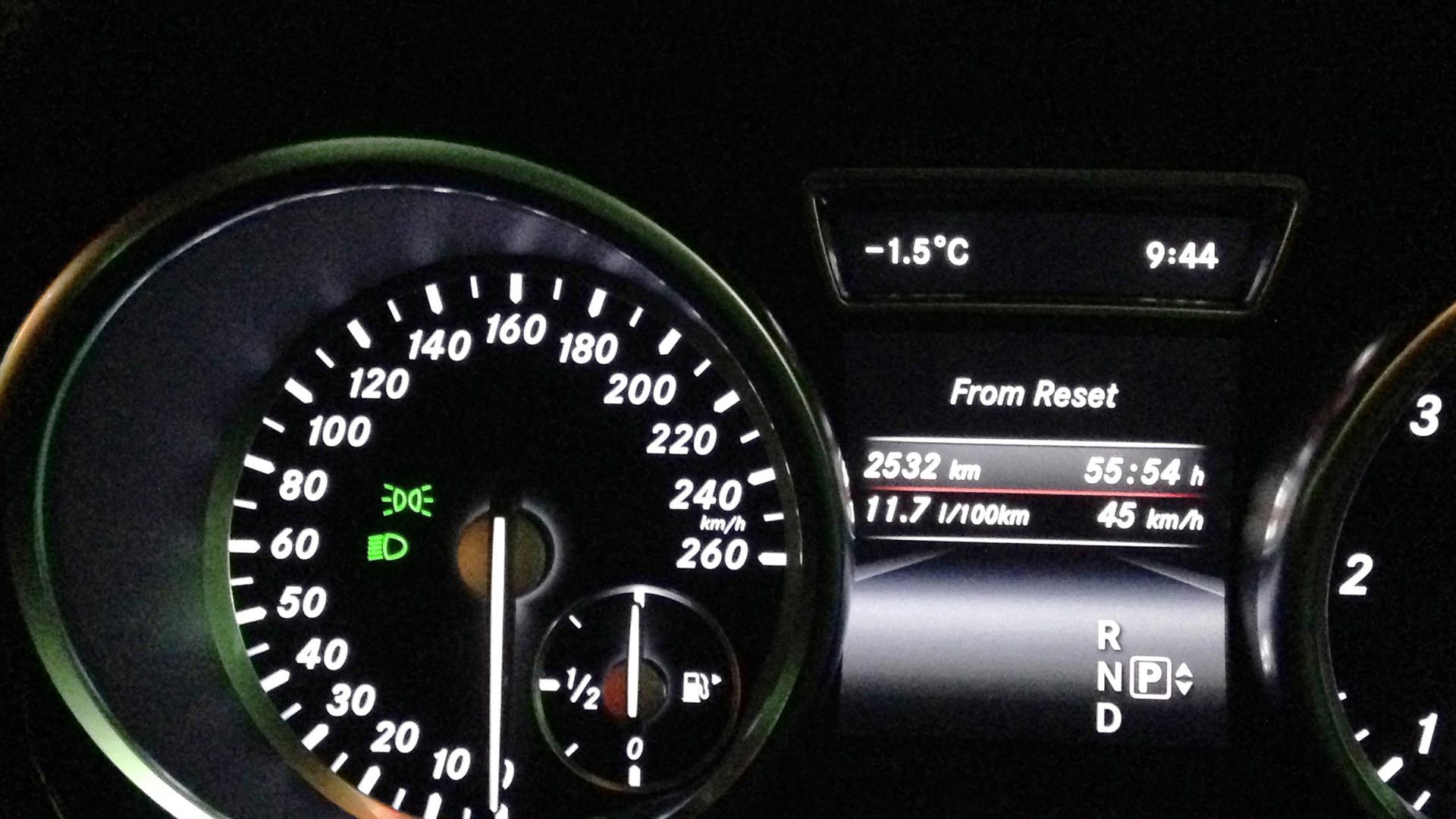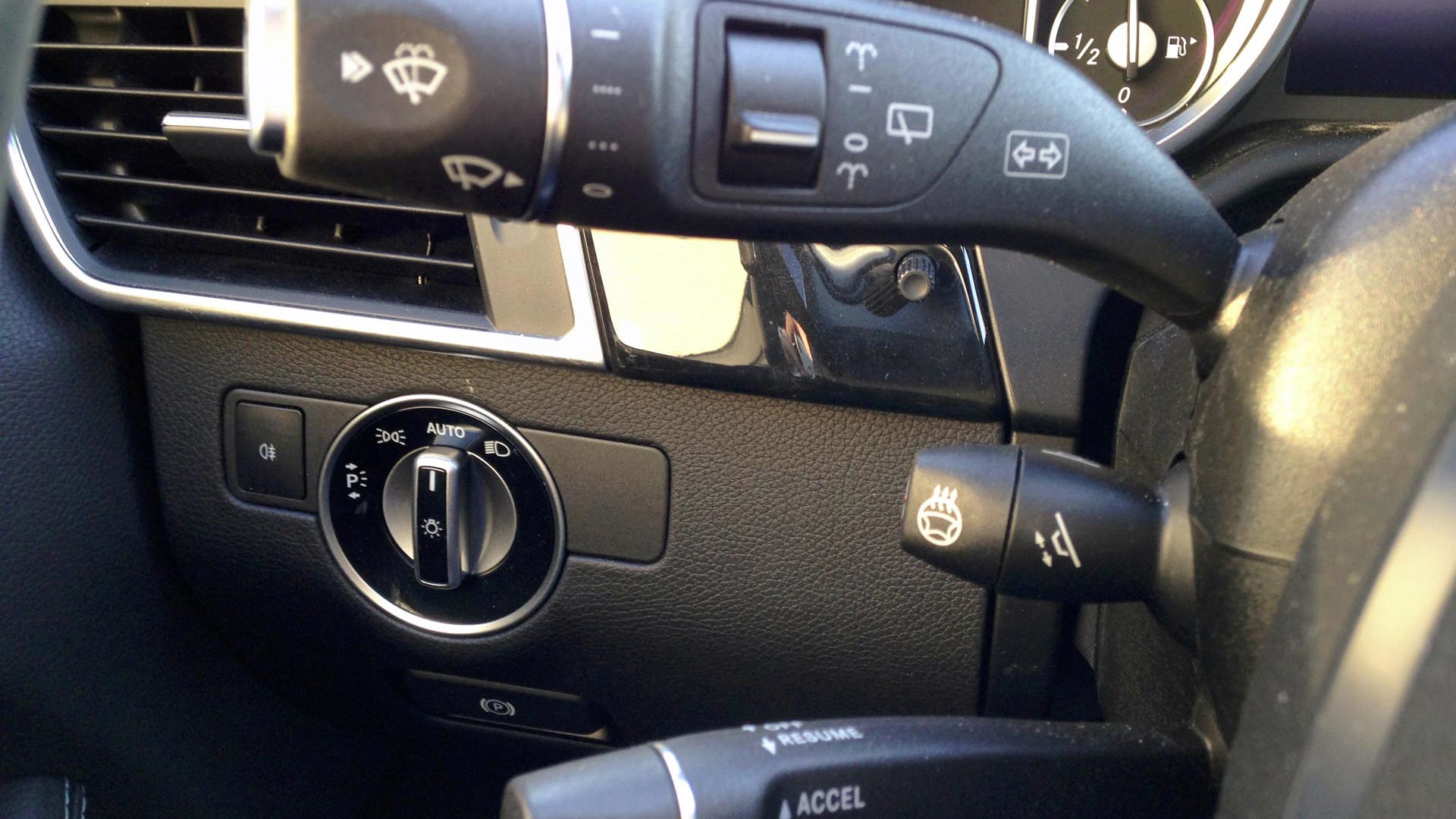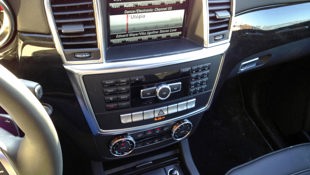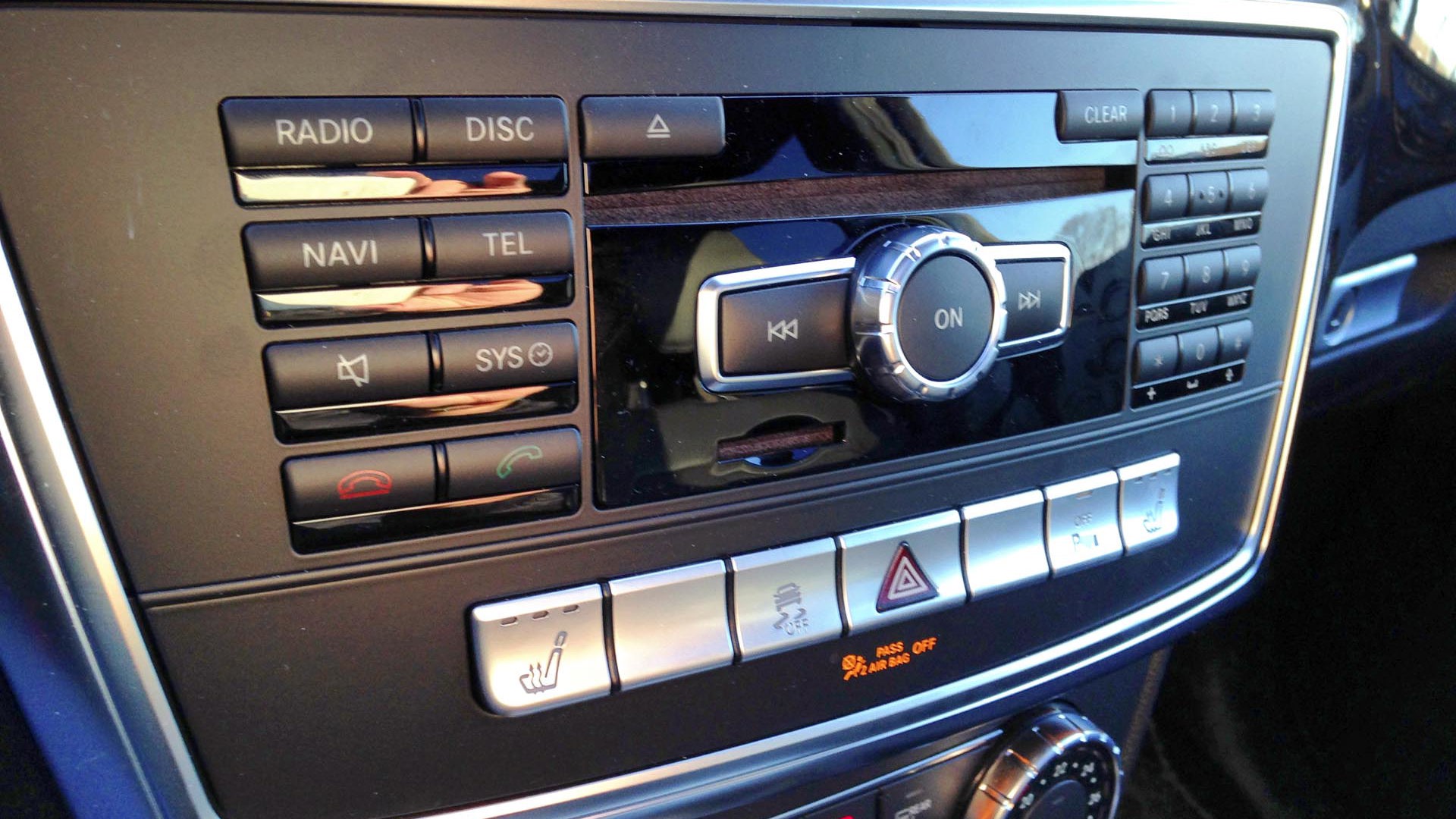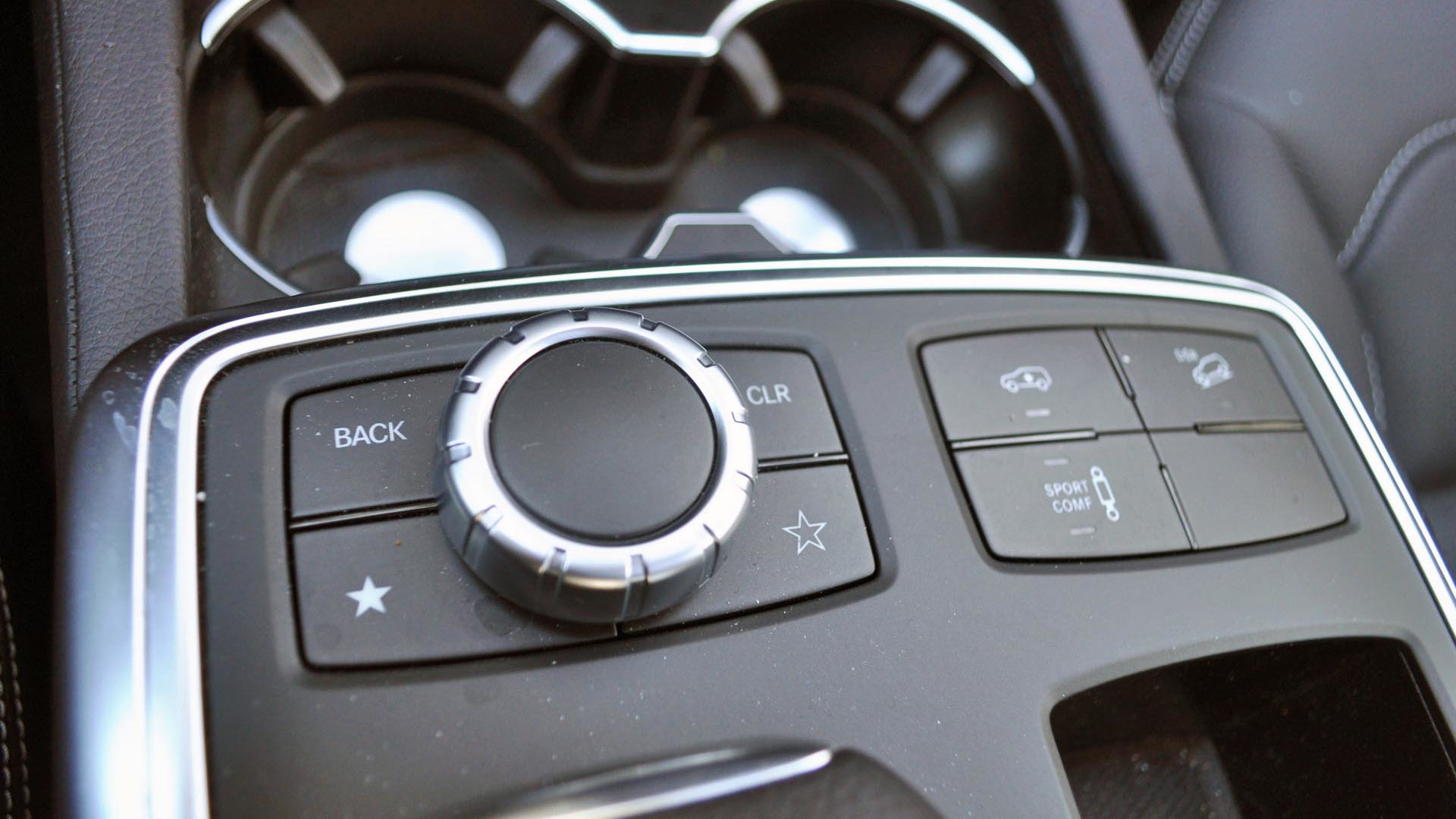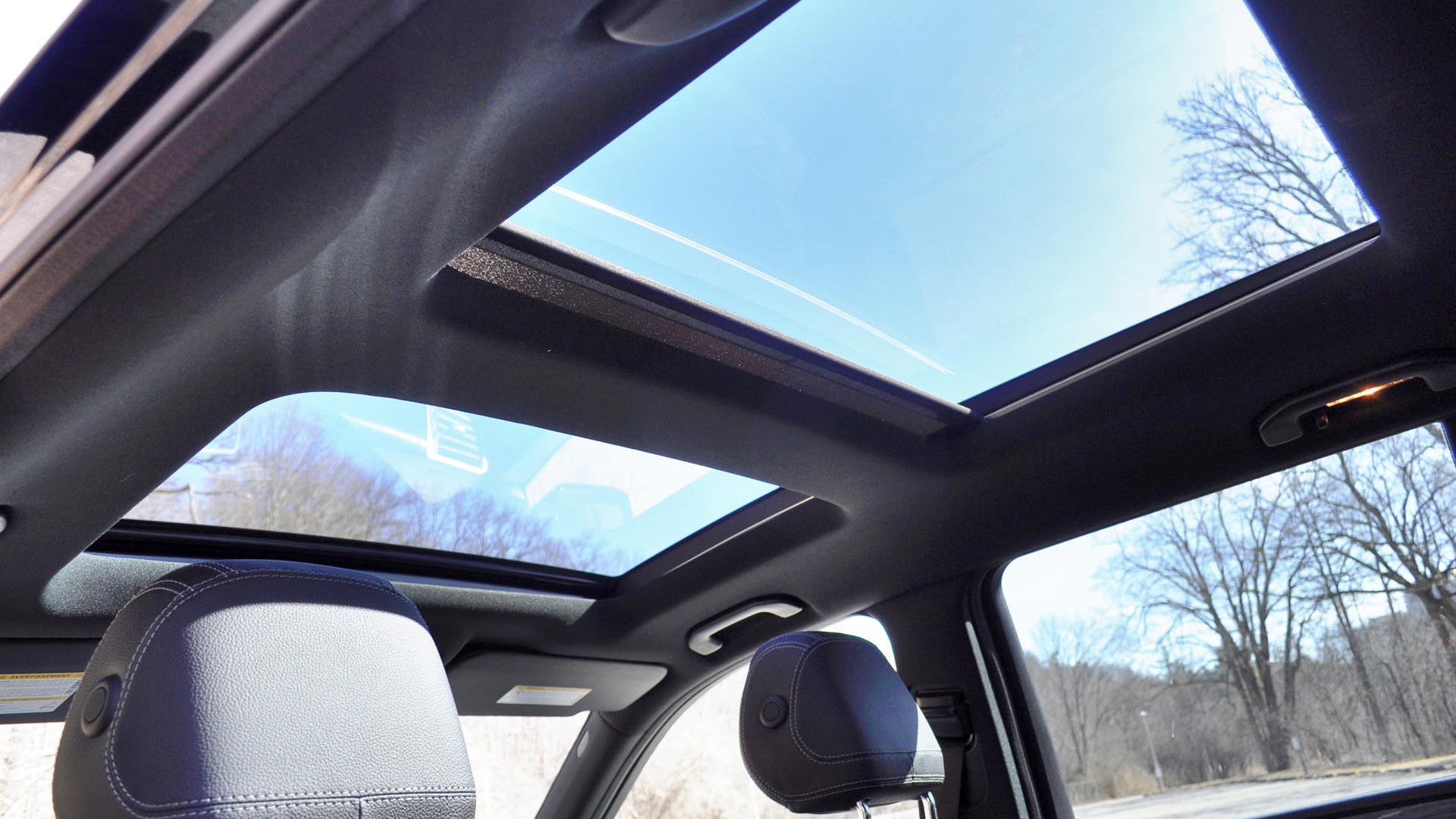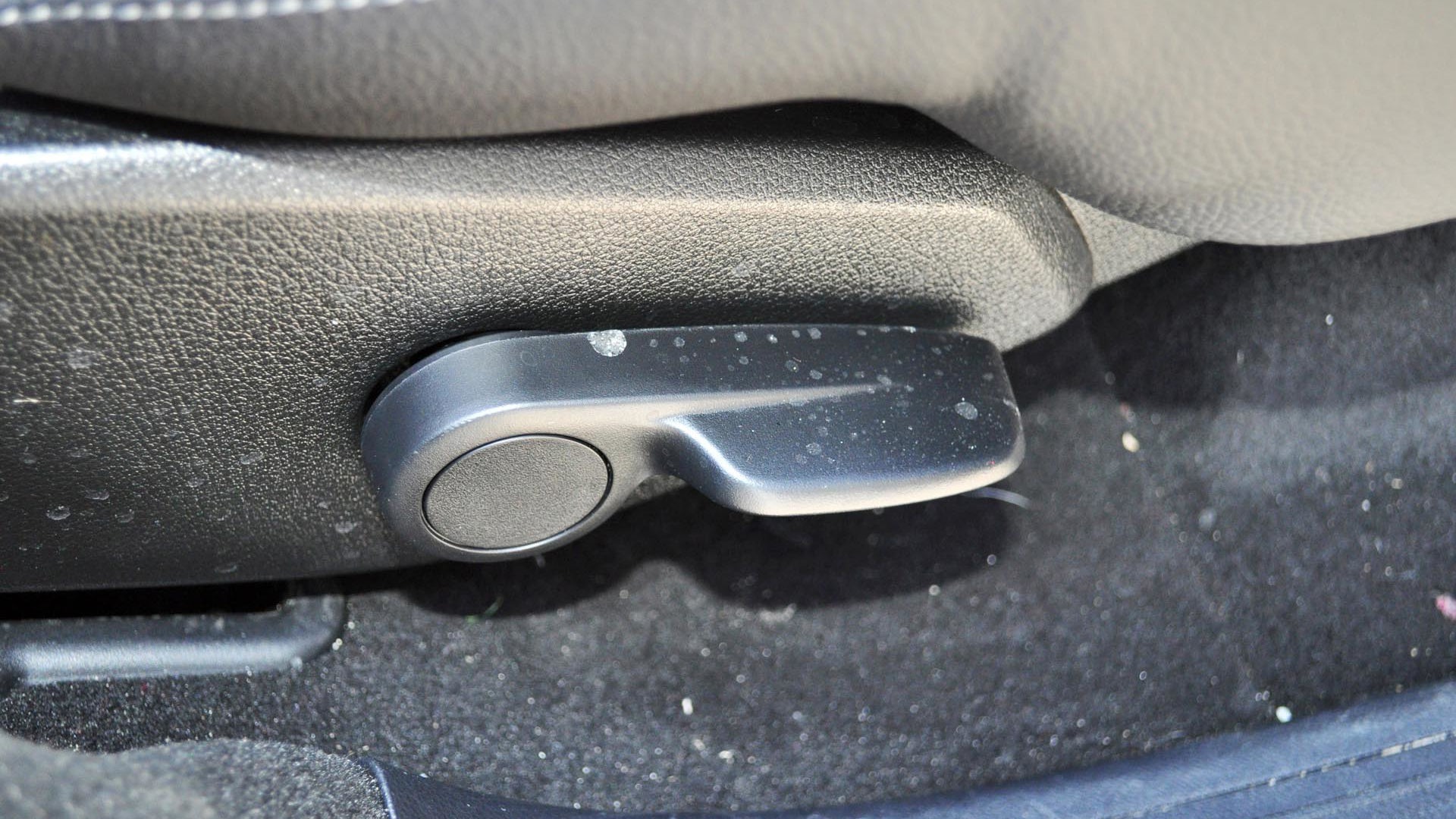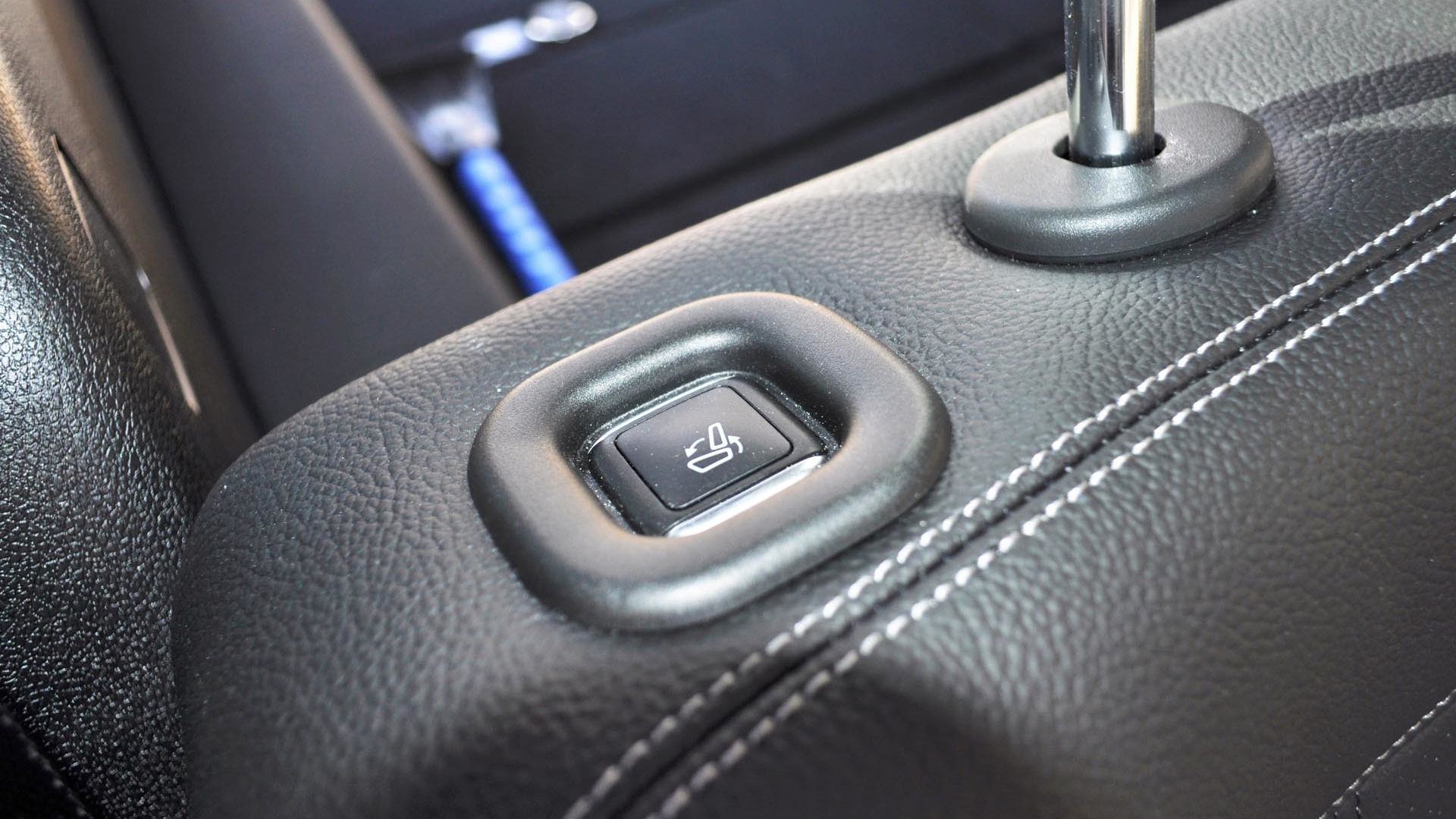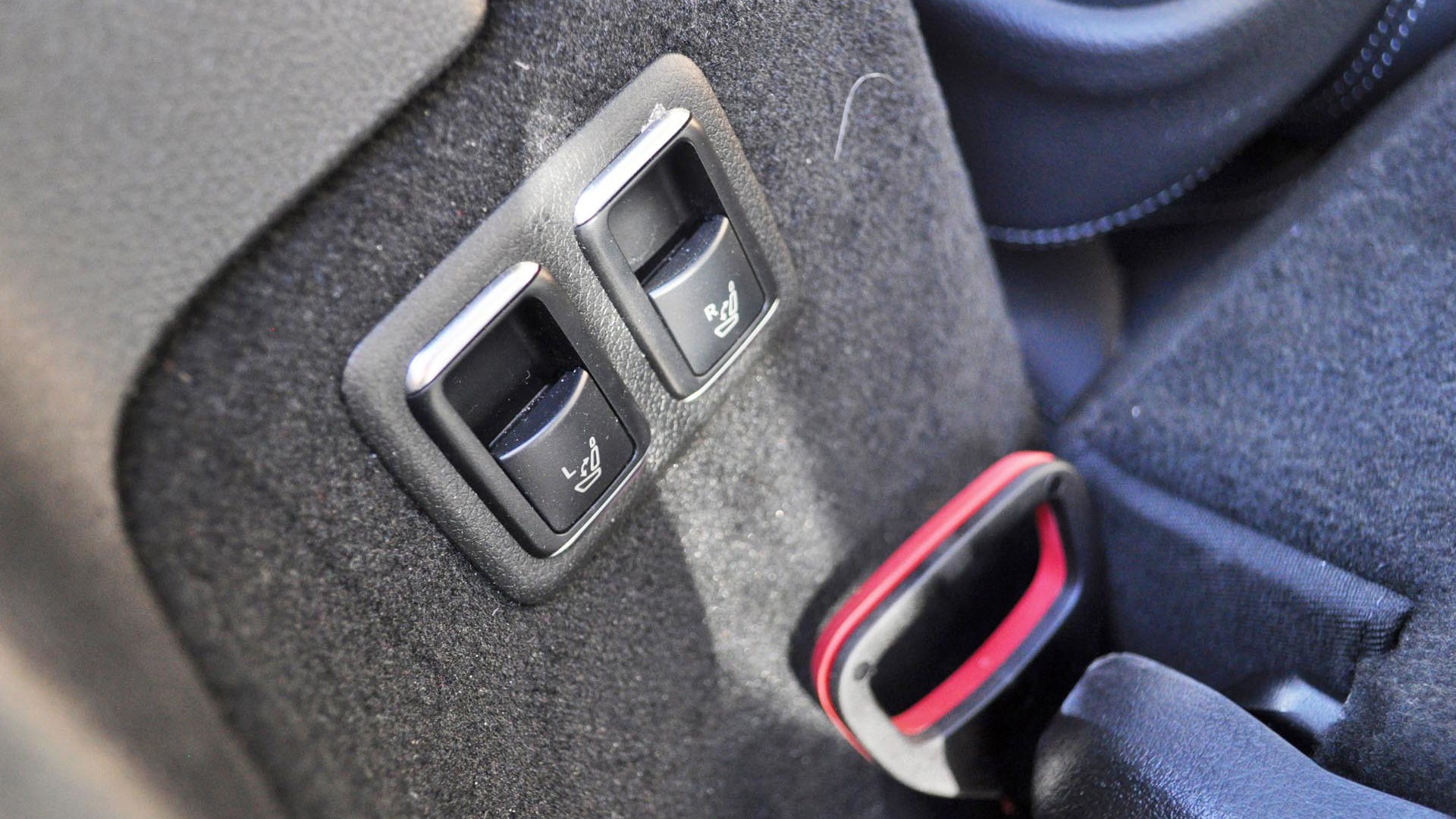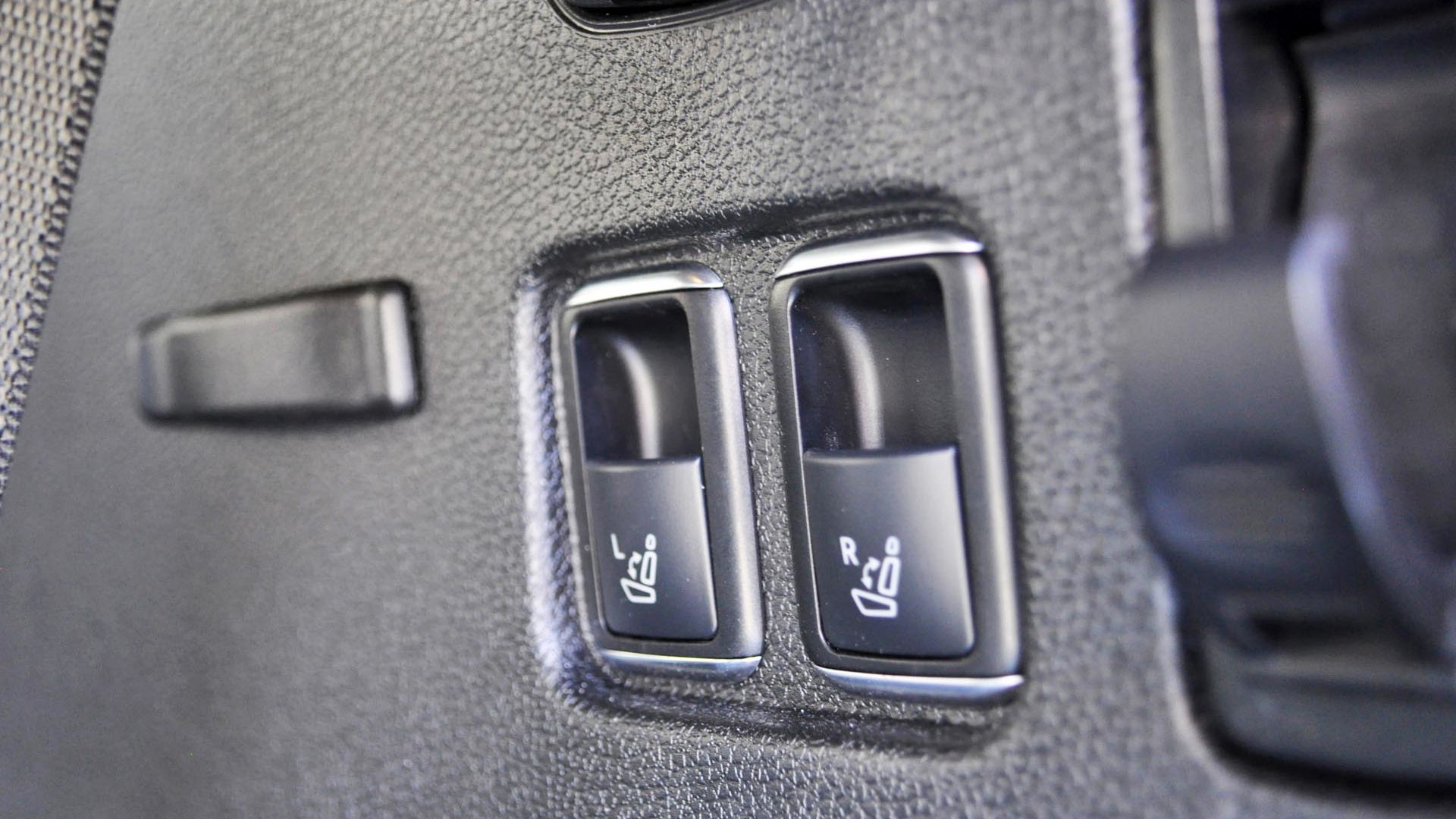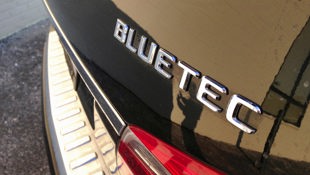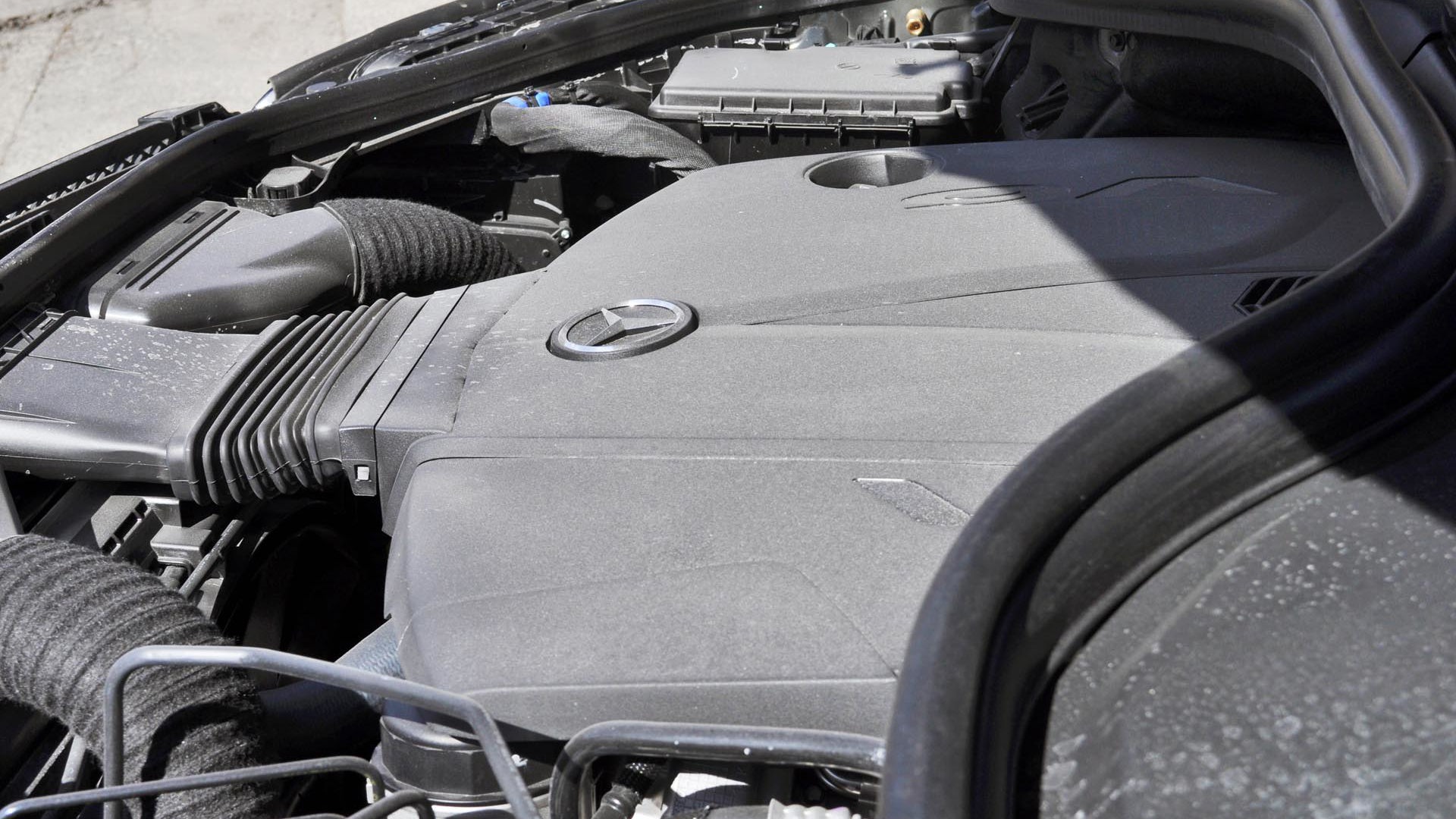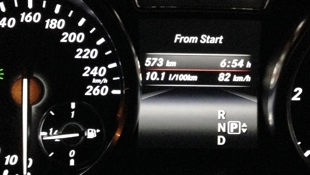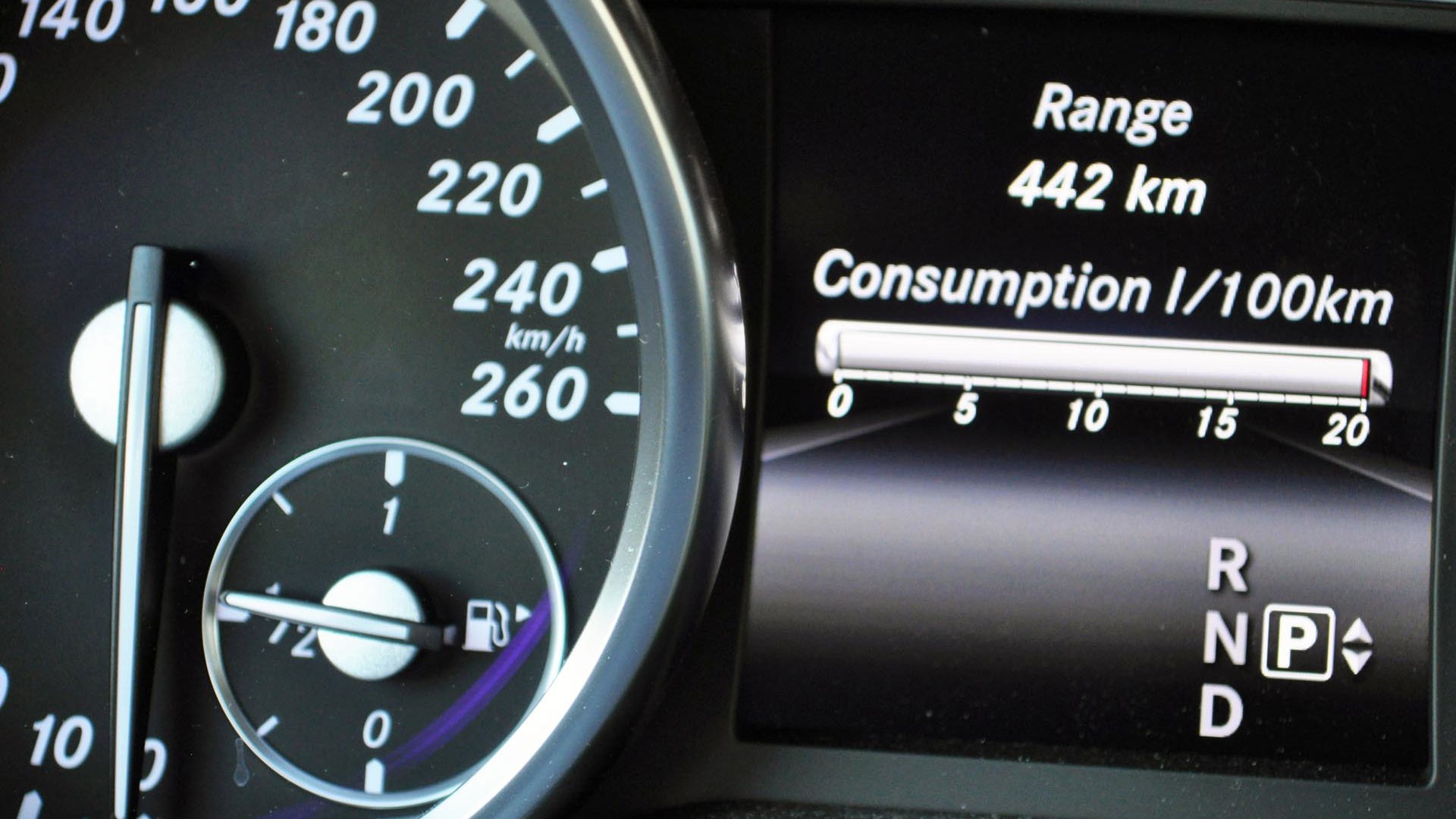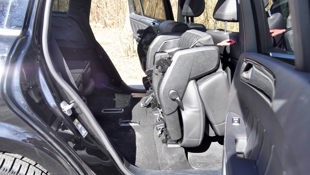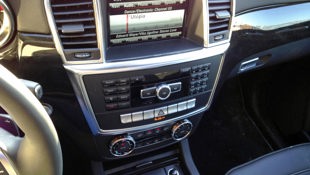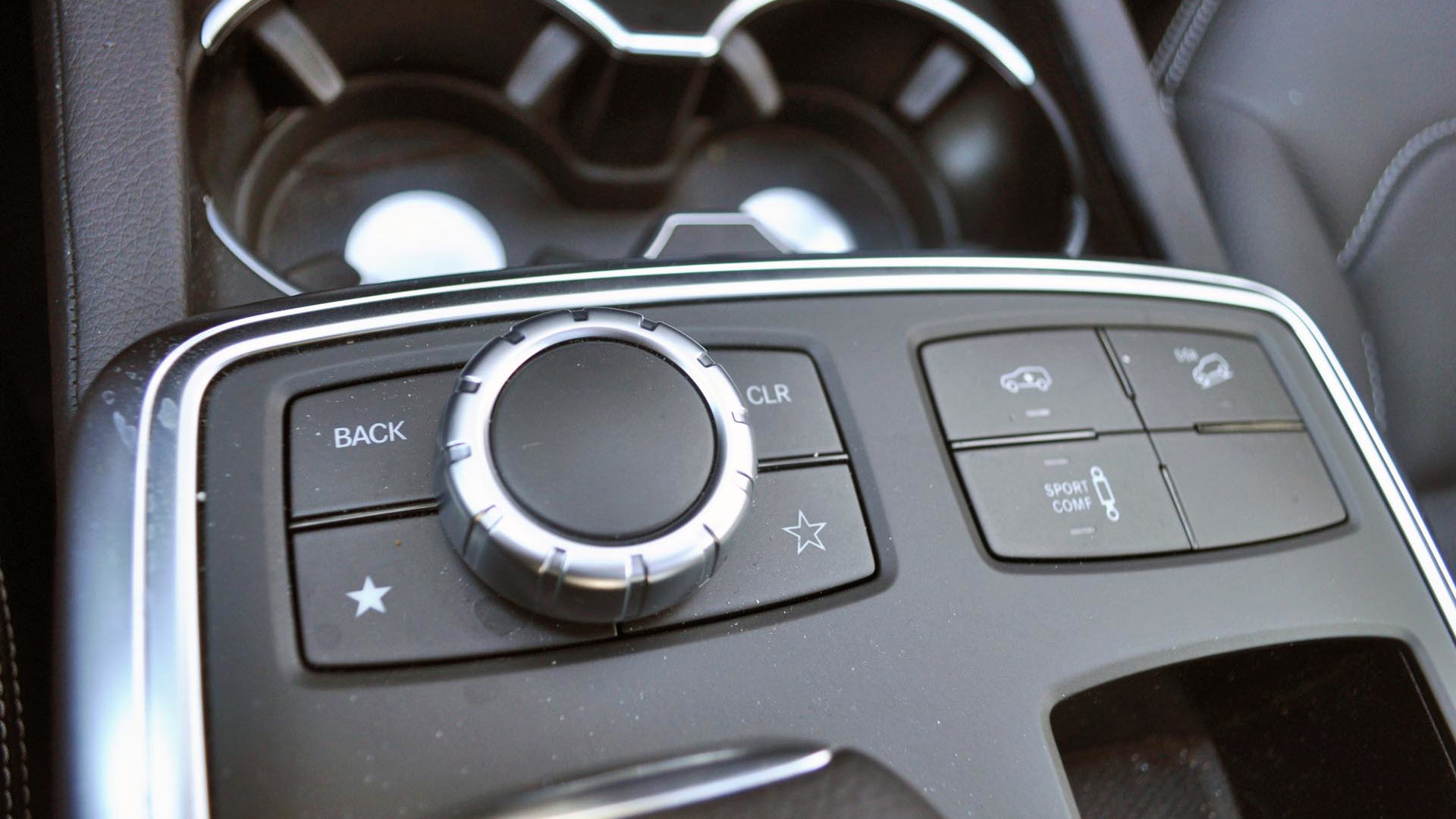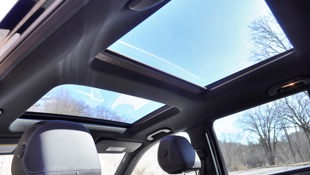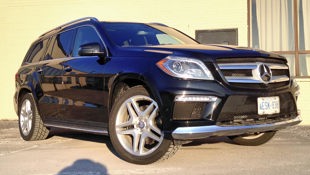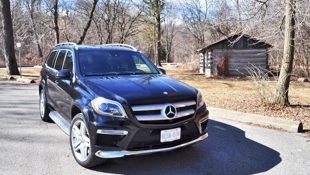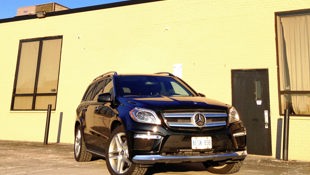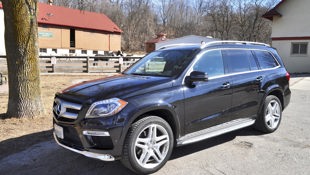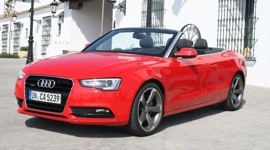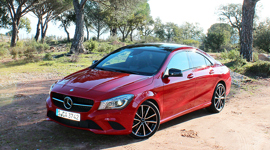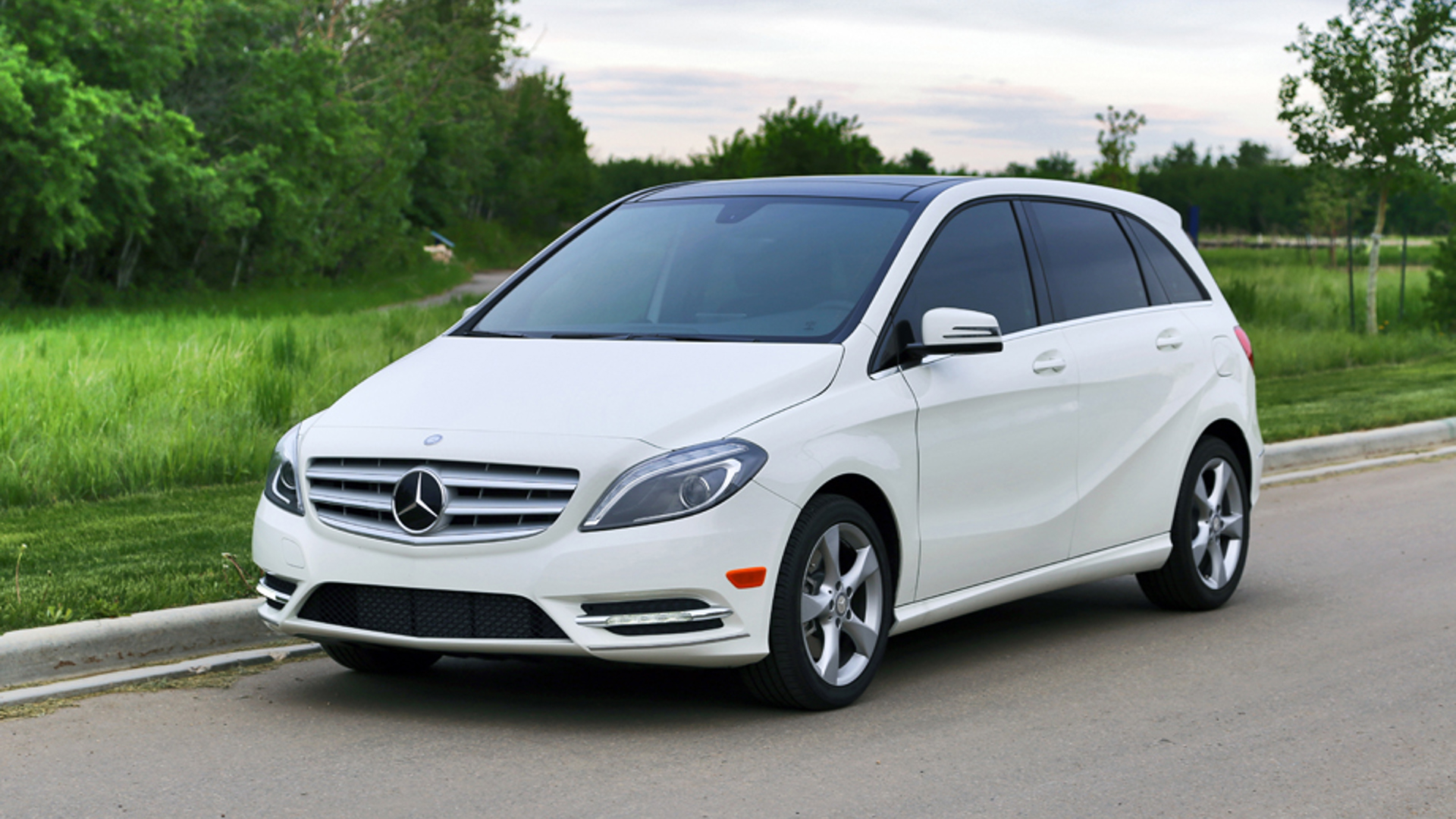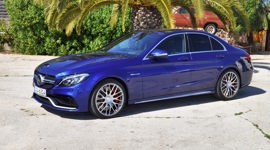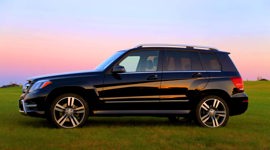 AutoTrader SCORE
AutoTrader SCORE
-
EXTERIOR STYLING8/10
-
INTERIOR8/10
-
PERFORMANCE6/10
-
COMFORT9/10
-
FUEL ECONOMY9/10
Here in North America, diesel engines are typically seen as an “alternative technology,” a more fuel-efficient powertrain choice often compared to hybrid or perhaps even plug-in hybrid technologies as different green paths to fuel savings, time savings (by limiting fuel stops), and planet savings, with the reduced greenhouse gas emissions that come with increased fuel efficiency. As such, diesels most often come with a price premium over standard or ‘base’ gas engines, typically costing anywhere from $1,500 to $7,000 over their closest gas alternative.
One might think that a full-size luxury SUV buyer would not be very interested in saving money on fuel, but that efficiency also provides it the luxury and convenience of a real 1,000 km range between fill-ups – perhaps a figure better measured in extra fuel stops avoided in the freezing winter.
But Mercedes-Benz has a unique strategy, at least amongst its SUVs. In Canada, its BlueTec diesels are the base engine in its three most traditional SUVs: the squarish GLK, the mid-size ML, and the full-size GL seven-seater tested here. So the GL 350 BlueTec starts at $1,100 less than the $79,500 GL 450 that offers a slightly thirstier but much more powerful gasoline V6. In these luxury segments that means that Mercedes-Benz’s diesels are just barely priced lower than base gas engines, a strategy that saw 79.3 percent of Mercedes-Benz’s light truck sales in 2014 consist of Bluetec diesel models.
Clearly, there is a lot of buyer appeal for Mercedes-Benz’s BlueTec diesel models. Their numerous advantages were on full display for a recent 1,100-kilometre road trip in this particular GL 350, where it became the big protective mama bear to our entire six-person brood, its comforting bulk well-stuffed with suitcases and gear.
The main advantage to the GL 350 BlueTec over any other GL, or indeed almost any other full-size three-row SUV, is its fuel economy. One might think that a full-size luxury SUV buyer would not be very interested in saving money on fuel, but that efficiency also provides it the luxury and convenience of a real 1,000 km range between fill-ups – perhaps a figure better measured in extra fuel stops avoided in the freezing winter.
All of those appealed to a fellow enthusiast neighbour last year, who had a baby and a desire for a larger family vehicle than his five-seat Range Rover Autobiography. He pored over the spec and price lists of both diesel and gasoline GL models, enamoured of the safety technology of what would become his wife’s car, but also relishing the much lower fuel costs of the diesel 3.0L V6 compared to the Range Rover’s supercharged 5.0L V8.
Well-off folks don’t become that way by squandering away their money.
Gas prices may have lowered since then, but we found that diesel prices still hover near or just below premium fuel prices, somewhat crimping the overall fuel cost savings over its gasoline rivals. Officially, the 2015 GL BlueTec comes in at an overall average of 10.7 L/100 km on the EPA cycle, or identical to the Audi Q7 TDI diesel. In the largely flat and luckily smooth running highways between Toronto and Montreal we encountered, we averaged 10.1 L/100 km, even in seriously chilly winter temperatures. Throw some regular city traffic into the mix, and its overall average nudged up to 11.9 L/100 km.
This latter figure is still more efficient than the 12.4 L/100 km overall EPA average of the gasoline GL 450, whose 3.0L V6 produces 362 hp compared to the GL 350’s 240 ponies. Thus the latter takes a more laborious 8.4 seconds to reach 100 km/h from rest, versus the GL 450’s 6.3-second mark, and feels obedient if not overly energetic at responding to throttle inputs. But the GL BlueTec also lights up the torque scorecard with a maximum of 455 lb-ft, which dwarfs the 369 on offer from the GL 450, though not the 516 offered by the burly turbocharged 4.7L V8 of the GL 550. Somewhat surprisingly, all three engines offer the same max towing rating of 3,402 kg (about 7,500 lb), so your choice of GL engine won’t dictate your choice of boat or trailer.
But this diesel, like even the most modern diesels, still doesn’t quite match the finest gasoline engines in overall smoothness, idle quality or silkiness when accelerating, especially in cold weather. As much as modern diesels have improved in recent years, there’s still a refinement penalty to the GL BlueTec, though after warm-up and on the highway, it’s commendably smooth and unobtrusive. The cold weather prevented us from spending much time with the window open, but from experience, the louder and clackety diesel noise tend to be most noticeable for a few minutes after a winter start-up, most penalizing those who make a drive-through coffee run soon after heading out on their morning commute.
Think of the BlueTec option then as the anti-plug-in hybrid: more noise upon start-up, more vibration early on in its journey, but in its element when travelling over long highway distances.
In terms of styling, the GL is a handsome but fairly conservative player in a cautiously designed segment, its visual presence established more by girth than by any particular motif, such as G-Class-like retro blockiness. Ours was enhanced by the AMG Sport package, which added larger AMG 21-inch wheels, more aggressive lower body cladding, and aluminum running boards that were very useful for even average height folks to climb up to the cabin.
Inside there’s a similarly conservative if sophisticated theme, with the large expanse of elbow-, leg- and headroom contributing to the airy feeling provided by the optional panoramic sunroof. It’s not a particularly gee-whiz or high-tech interior, its main centre console screen not even touch sensitive, but adjusted through the use of a central controller knob and a plethora of easy to understand buttons.
But there are also a few unexpectedly luxurious touches, such as available temperature controlled cupholders, not on our tester unfortunately, or a button on top of the second row seats that with a tap would automatically fold up the entire seat against the back of the front seats. If you’re sitting in that third row and would like to exit, there’s an accessible pull handle helpfully accented in bright red that also springs the second row seats forward.
The smaller third-row seats are obviously designed for children or very familiar adults, though it’s a fair bit roomier than the third row in mid-size seven-seaters like the X5. Considering how small the rear cargo area is when all seven seats are up, it seems fair to wager that at least one of the split-folding rear seats will perpetually be down to afford the GL-owning family extra cargo space from the relatively paltry 295 L behind that upright third row. Luckily, this third row can easily be partially or fully folded away via three sets of convenient buttons, accessible while standing at the back bumper, or with a set of two buttons at each rear door. Fold all five passenger seats, and there’s a spacious 2,300 L worth of cargo room available.
Safety is key for many full-size luxury SUV buyers, and Mercedes-Benz provides it in spades. Besides the inherent safety in larger vehicles with more weight, the GL offers Crosswind Assist, which uses sensors to detect when wind is pushing the GL around in its lane, and compensates for it with slight braking of the two tires on the side of the wind. This helps to maintain the GL’s rock-solid sense of stability down the highway, even between big rigs. A collision prevention assist system is part of a plethora of 20 available active driving assistance systems, including steer control that helps prevent oversteer in emergency maneuvers, and load recognition, which balances the dynamics to account for load shifting.
Rear seatbelts that inflate, active lane keeping assist and active blind spot assist are all extra cost options, as is the high-tech Distronic Plus system that adds automatic braking to the collision warning systems. There’s also an automatic parking feature that can squeeze the big GL into spots that you wouldn’t imagine they’d fit, though it’s safe to say that any vehicle this big is happier on suburban roadways than crowded city streets.
In the end, the Mercedes-Benz GL 350 BlueTec is impressive in many ways as a full-size luxury SUV, but perhaps not so much as a “green” vehicle. It’s impressively efficient, even managing to beat its overall mileage number on a long highway run, but real-world mileage with any city traffic is much closer to the gas V6 model.
Audi’s roomy Q7 TDI seven-seater may ask for a $5,000 premium over its own base V6, but it’s still over 10 grand less than the GL BlueTec, the base model of Mercedes’ GL-Class. Considering that about a third of gas stations in Canada still don’t sell diesel, the louder engine noise, increased vibration, higher health-harming particulate emissions from diesels, and considering the lower gas prices, that base GL V6 may soon become a much more tempting proposition.
| Warranty: 4 years/80,000 km; 4 years/80,000 km powertrain; 5 years/unlimited distance corrosion perforation; 4 years/unlimited distance 24-hour roadside assistance Competitors: |
| Model Tested | 2015 Mercedes-Benz GL 350 BlueTec 4Matic |
|---|---|
| Base Price | $78,500 |
| A/C Tax | $100 |
| Destination Fee | $2,075 |
| Price as Tested | $87,675 |
|
Optional Equipment
$7,000 (Sport package: AMG Styling Package. Adaptive Damping System (ADS), AMG Cladding, 21" AMG Wheels, Aluminum Running Boards – $3,200; Premium Package: Soft Close Doors, Heated Rear Seats, Panoramic Sunroof, Power easy entry System, Harman/Kardon Sound System, Keyless-Go, Power pop-out 3rd row windows – $3,800)
|
|
